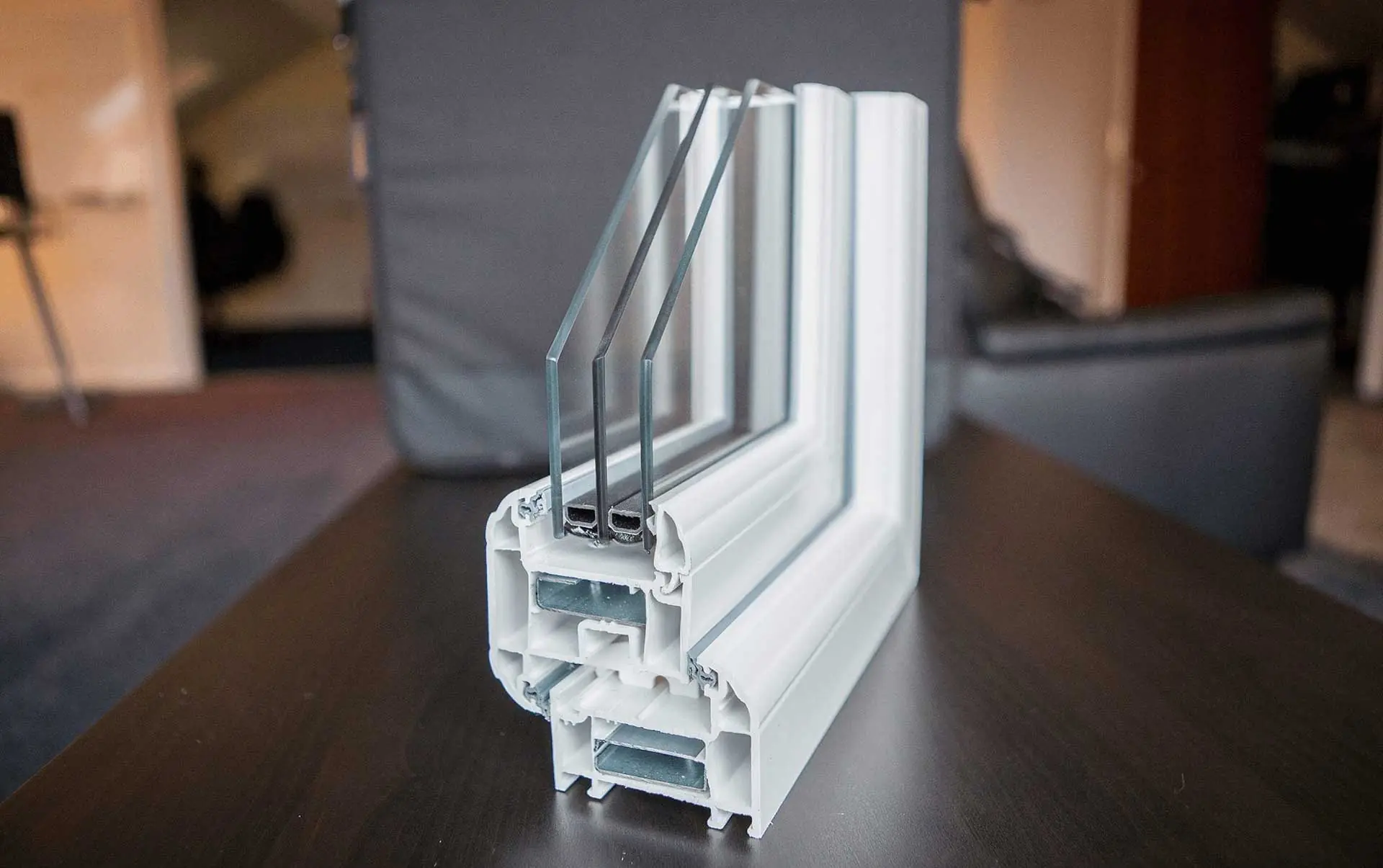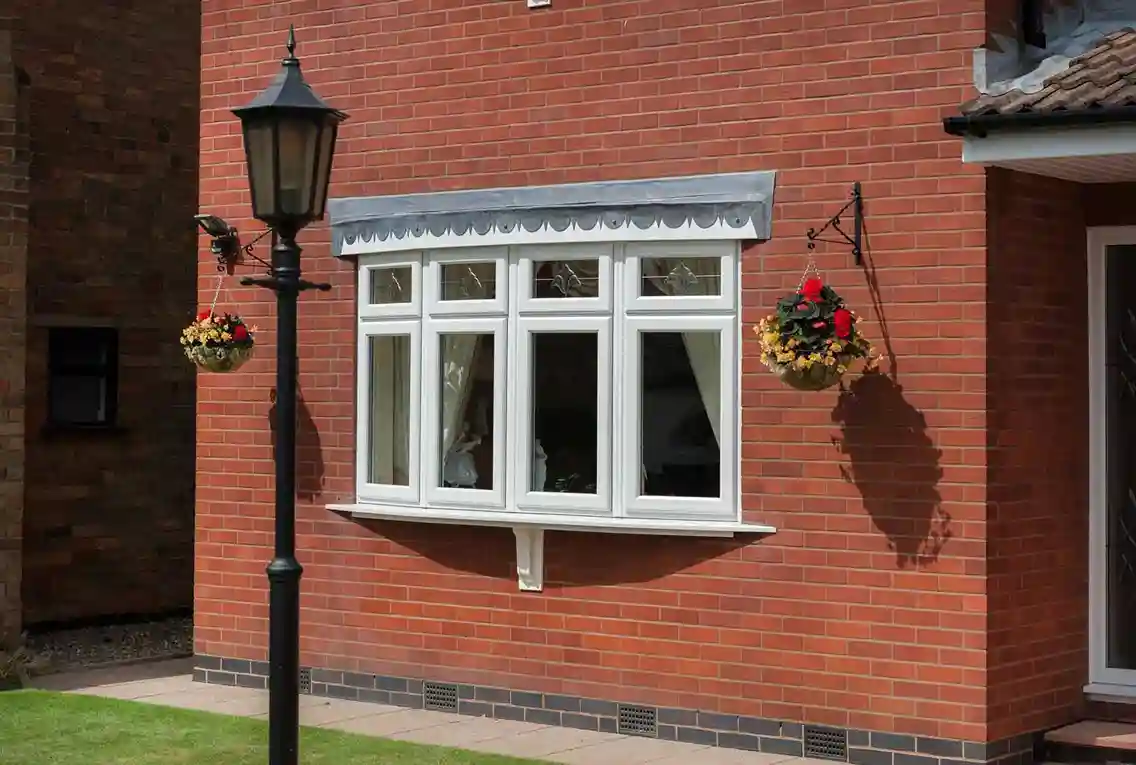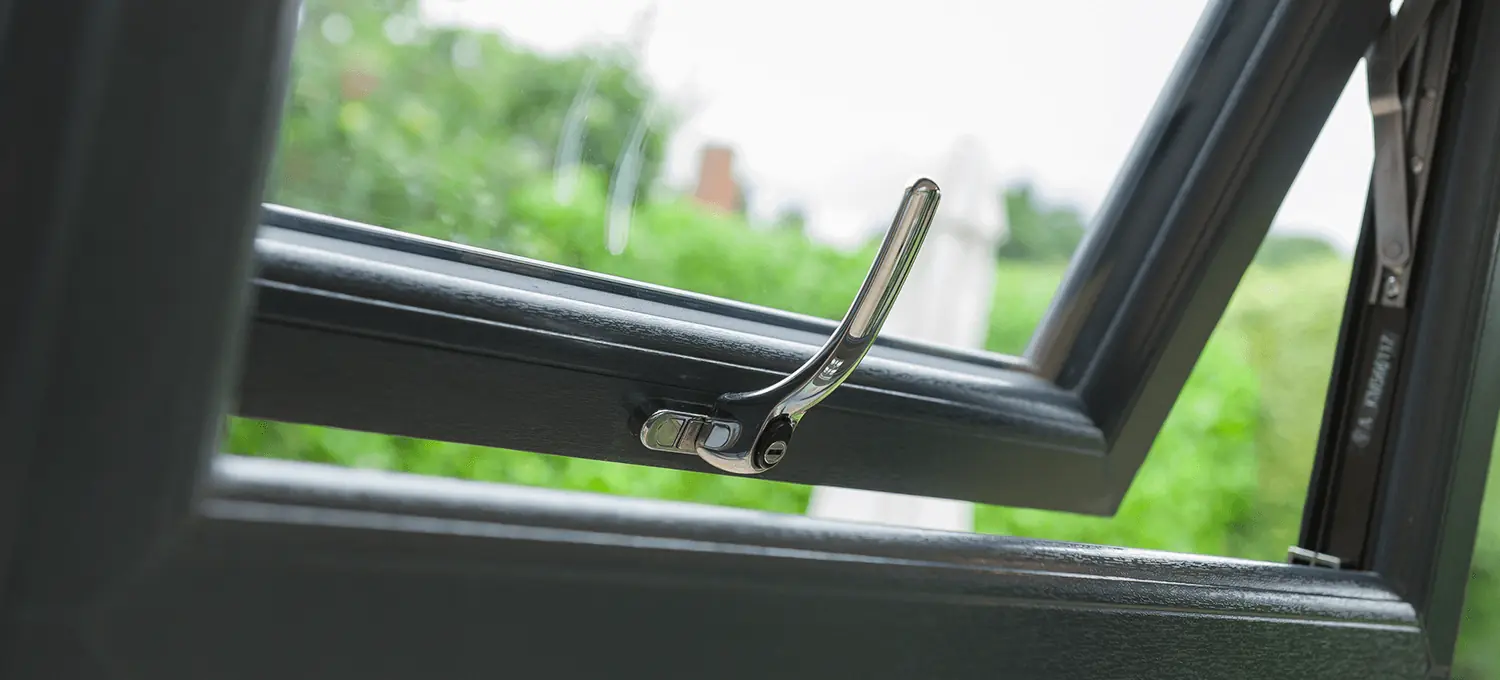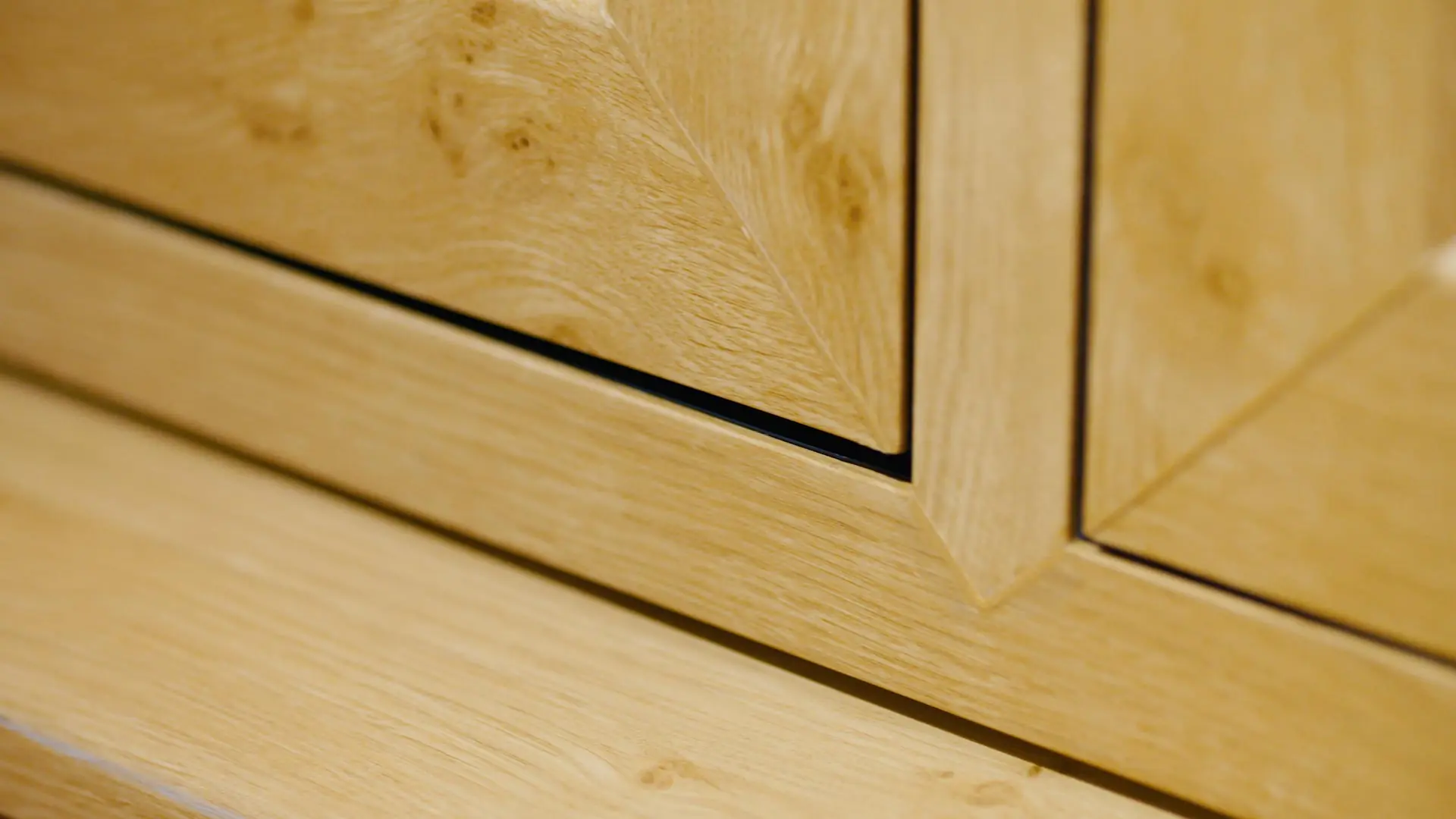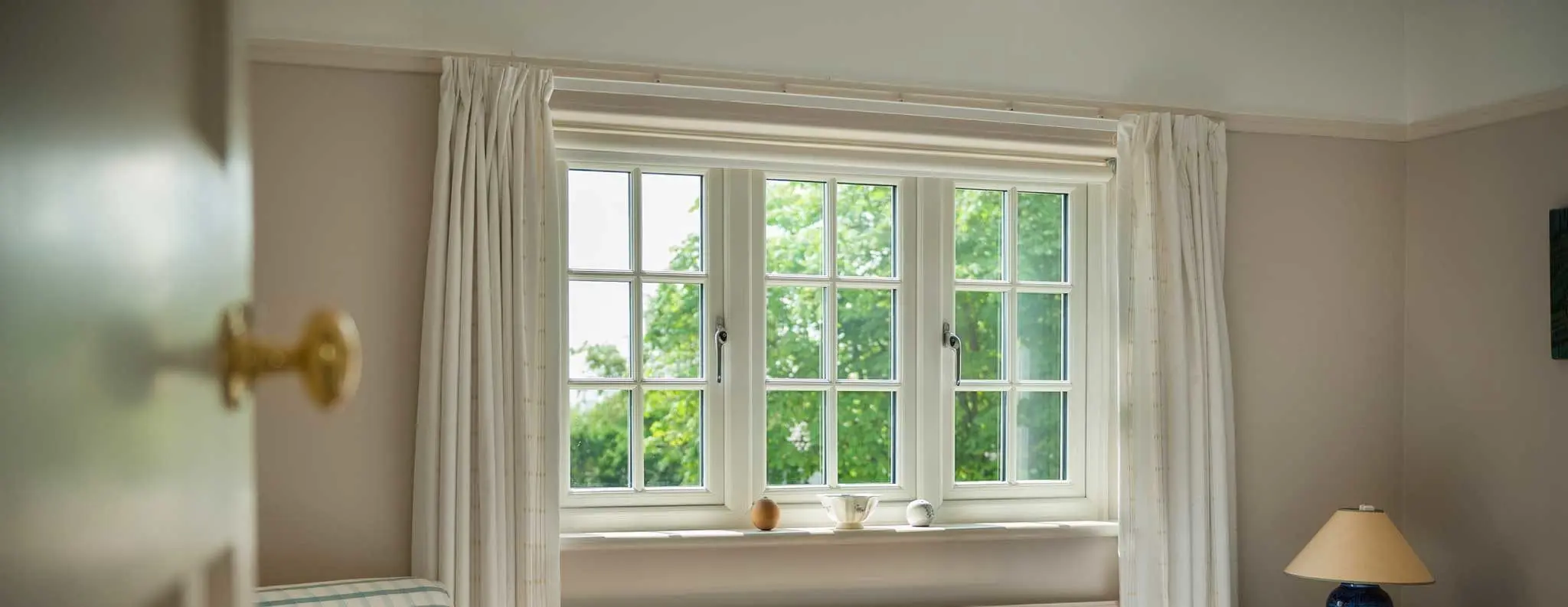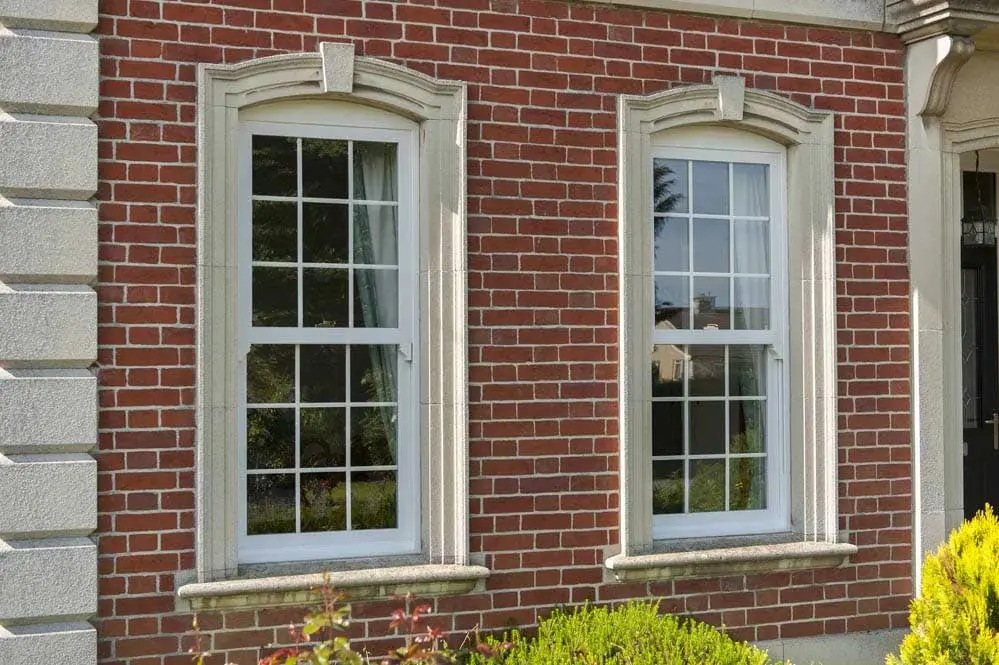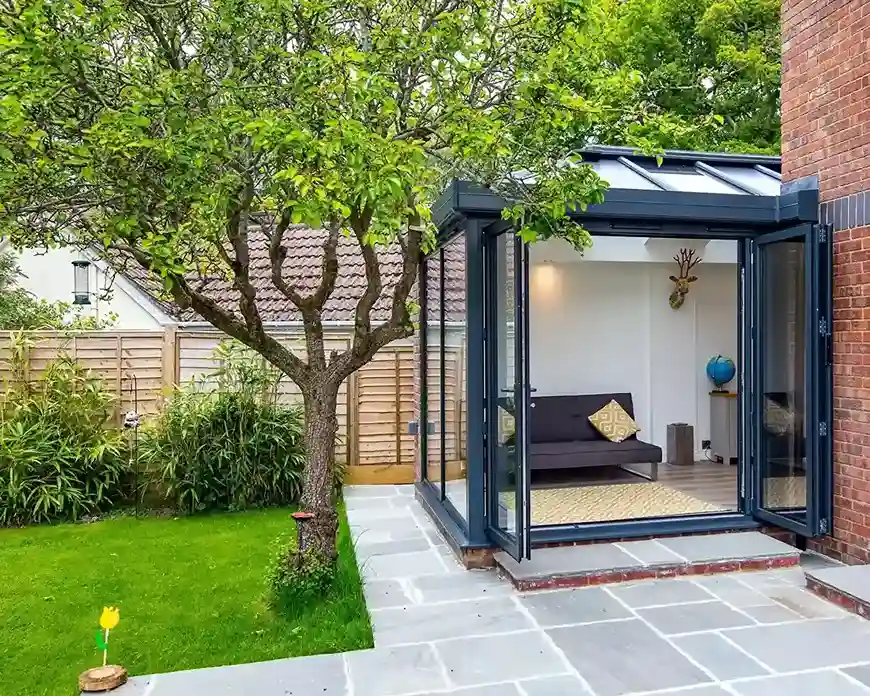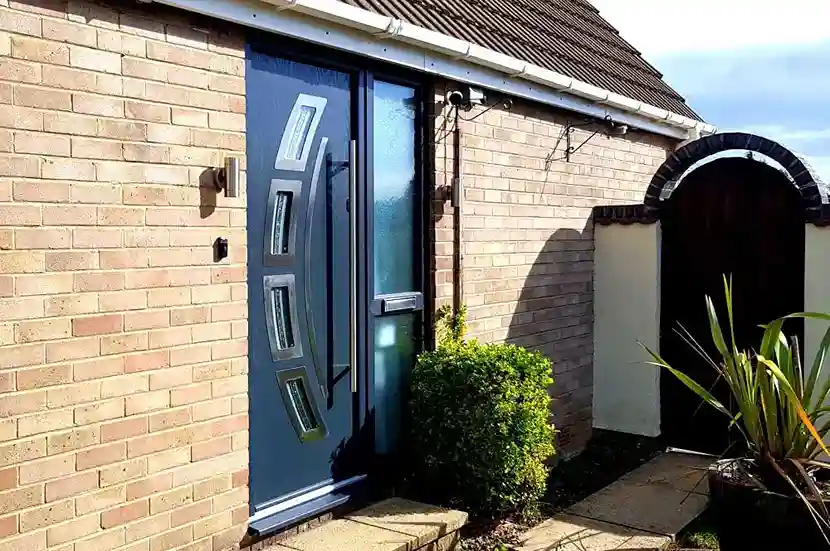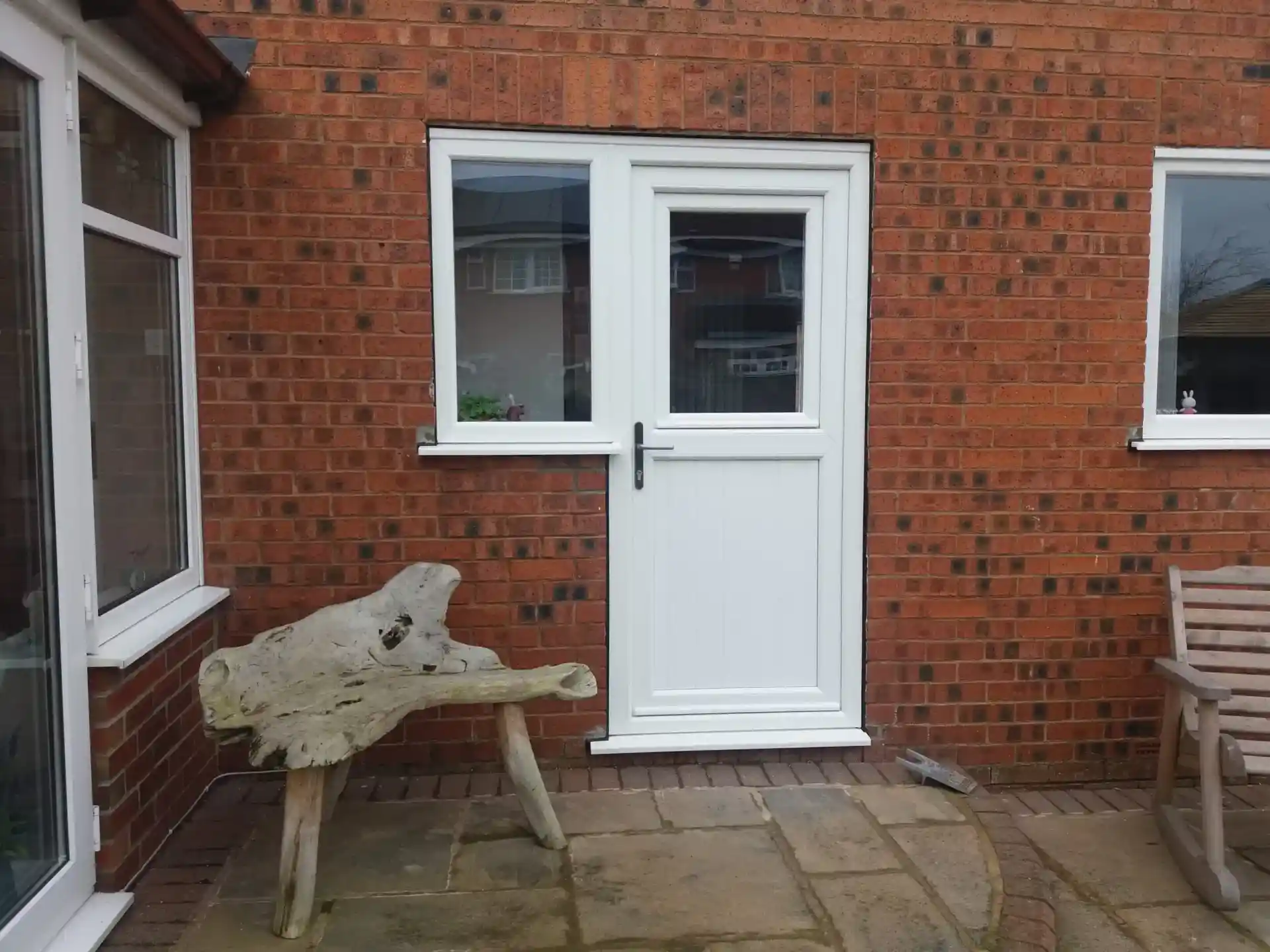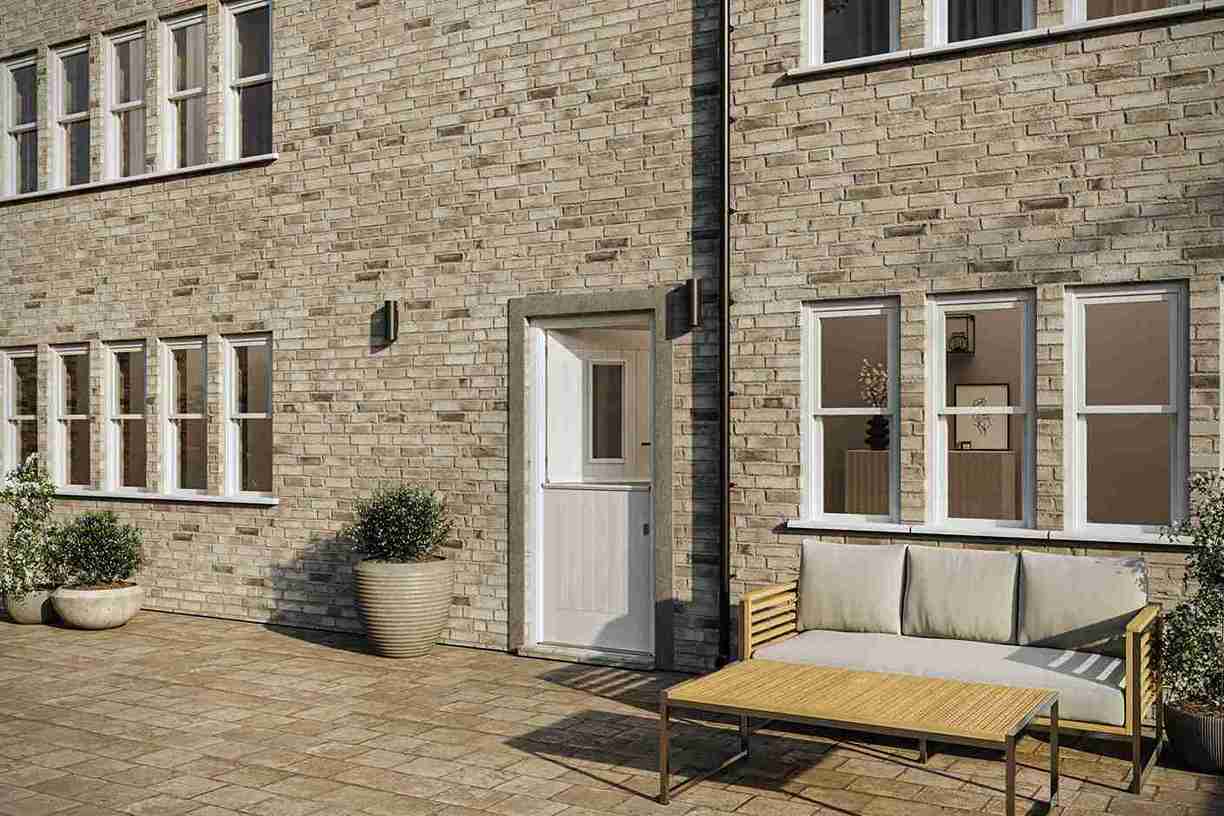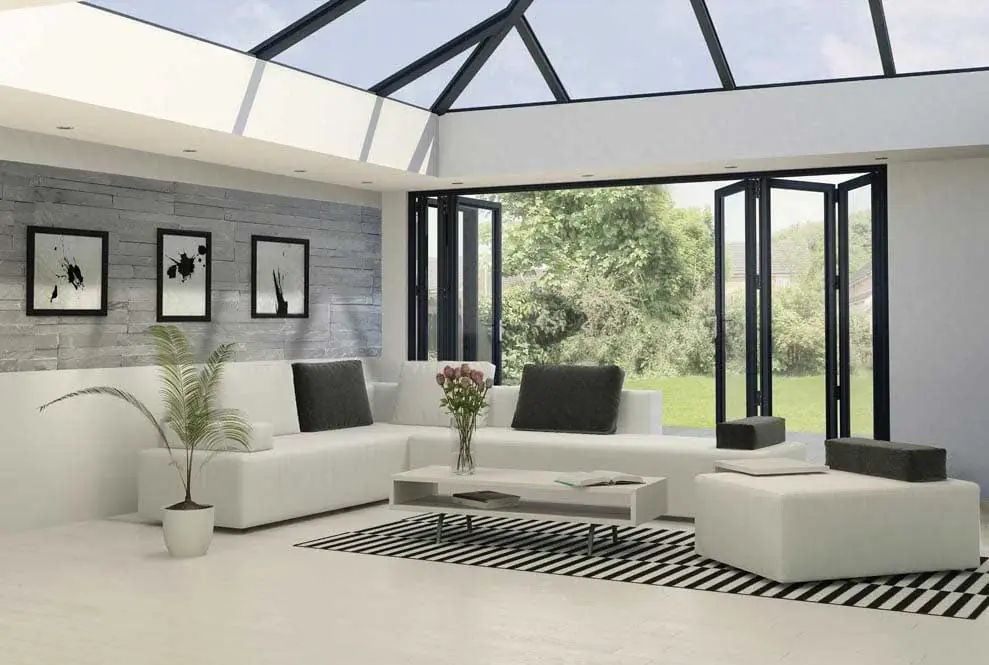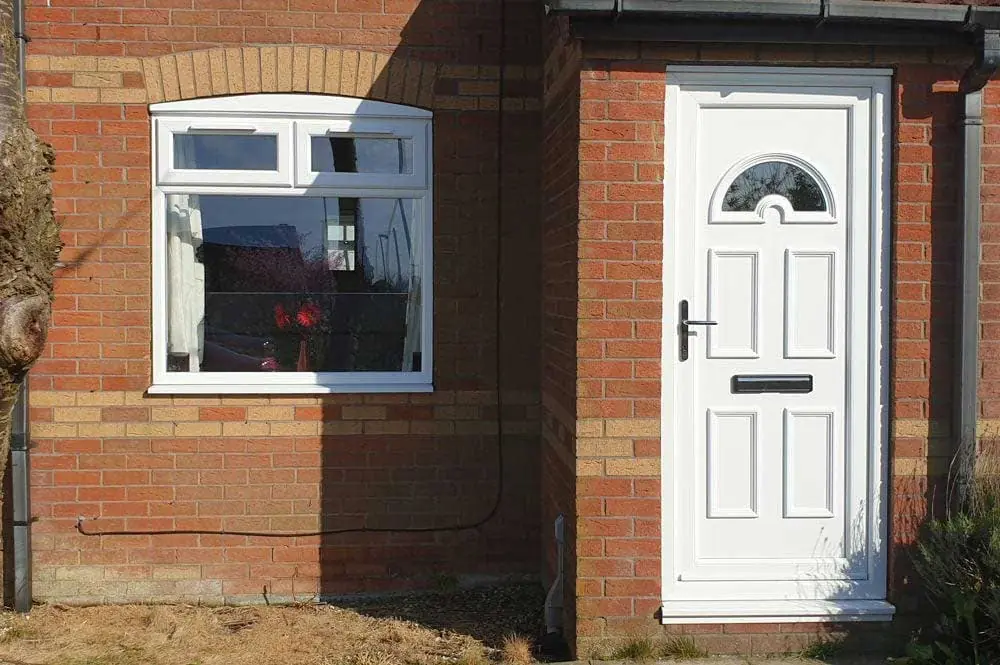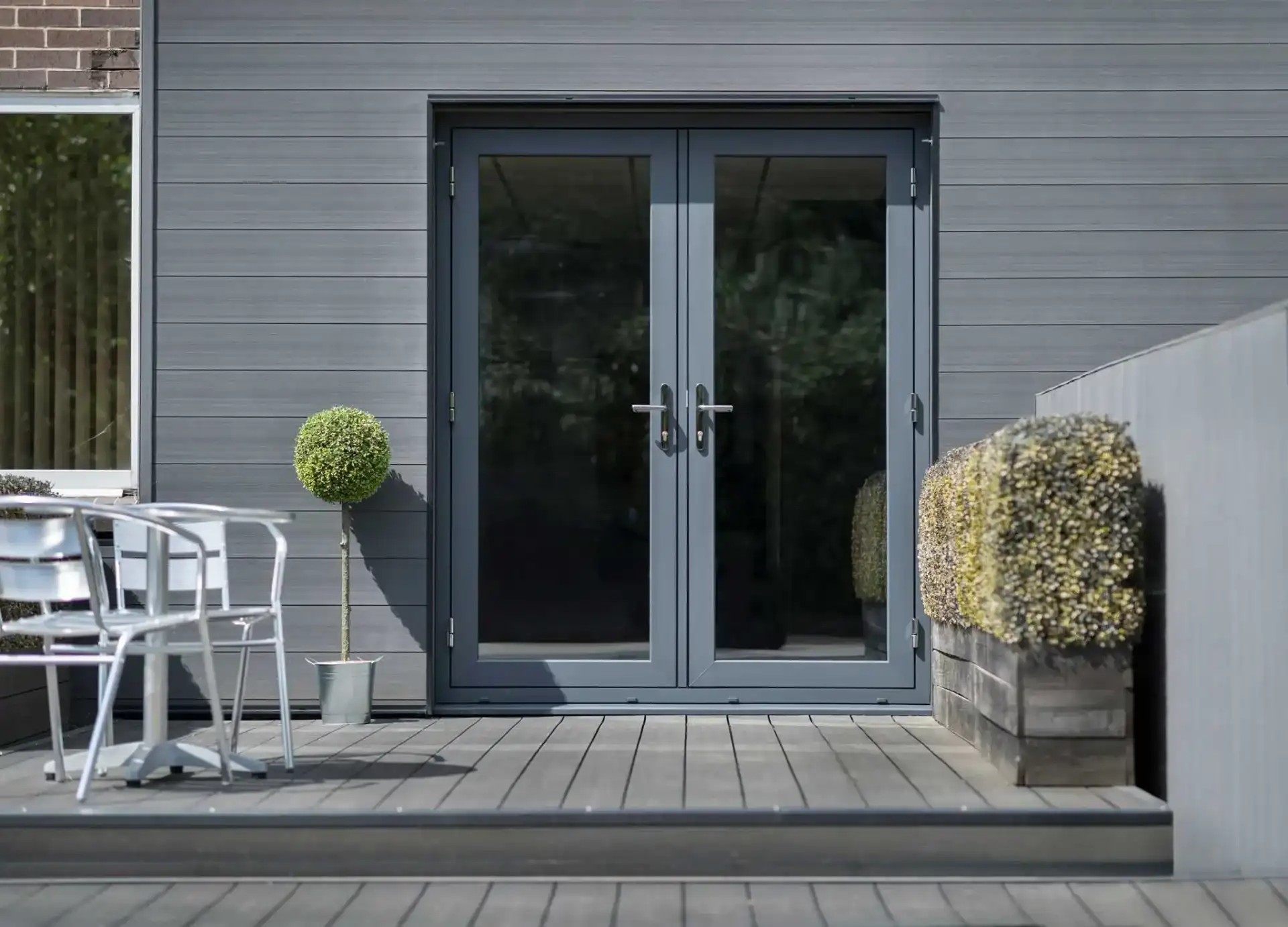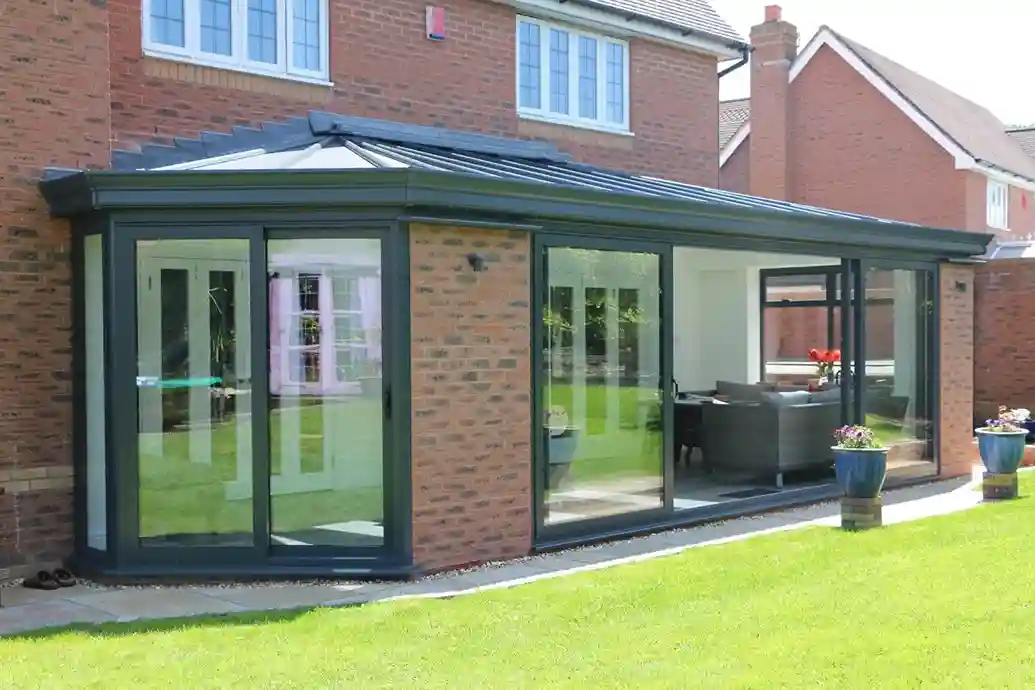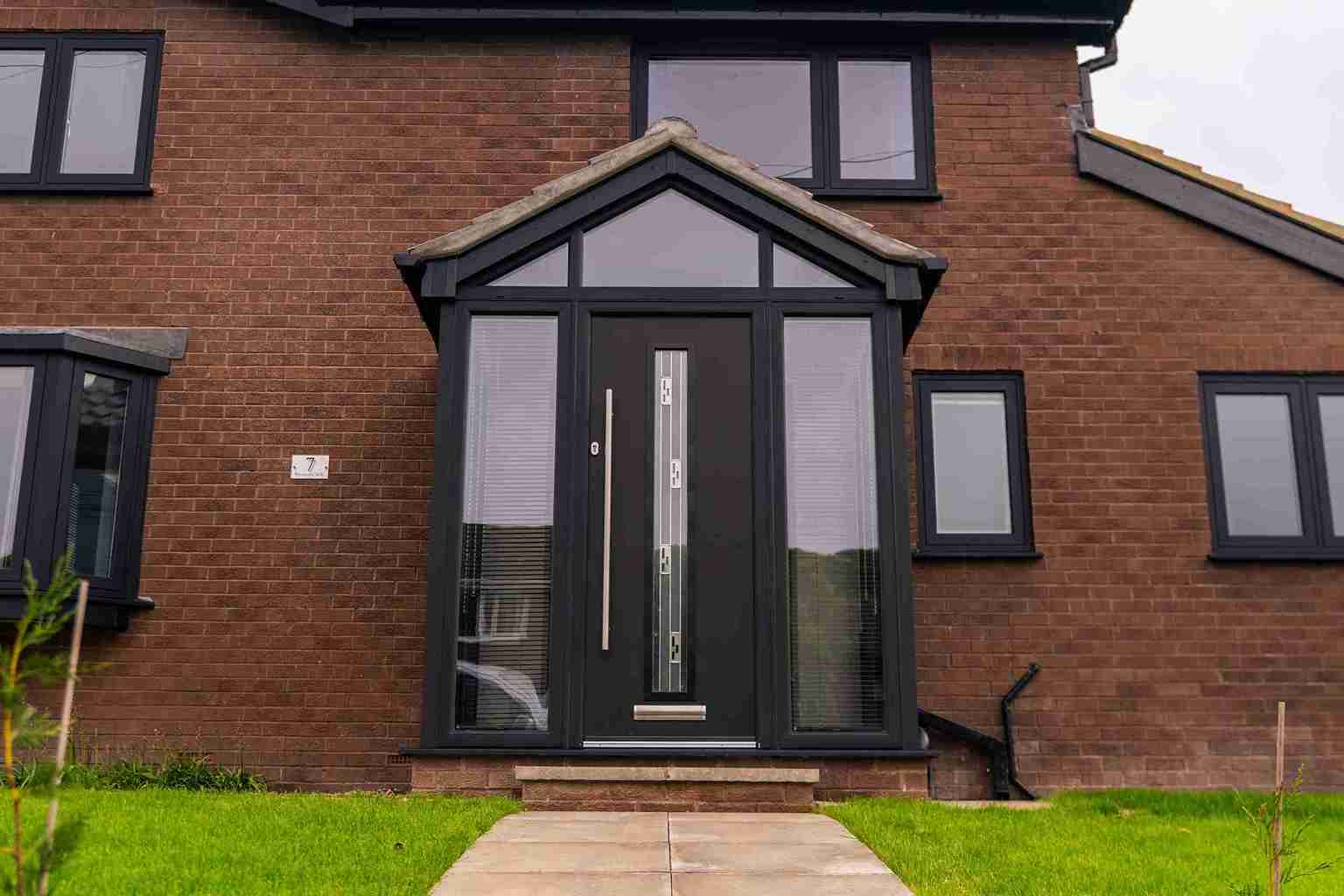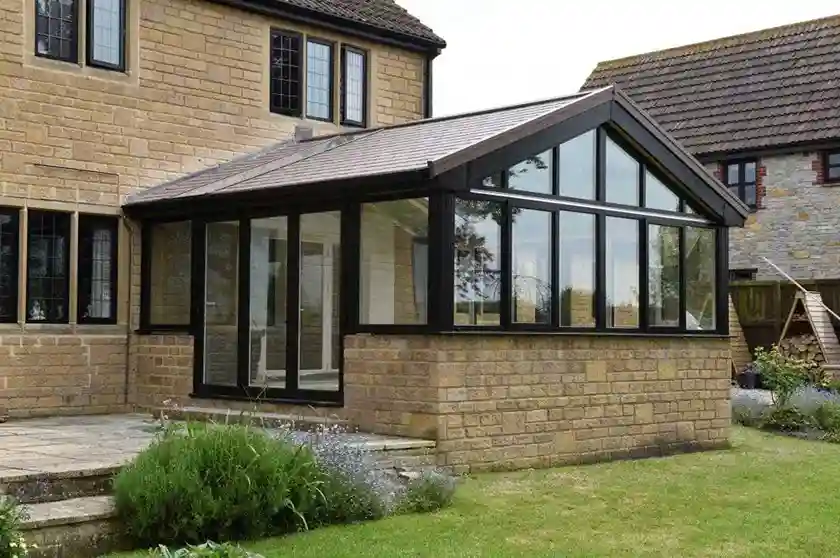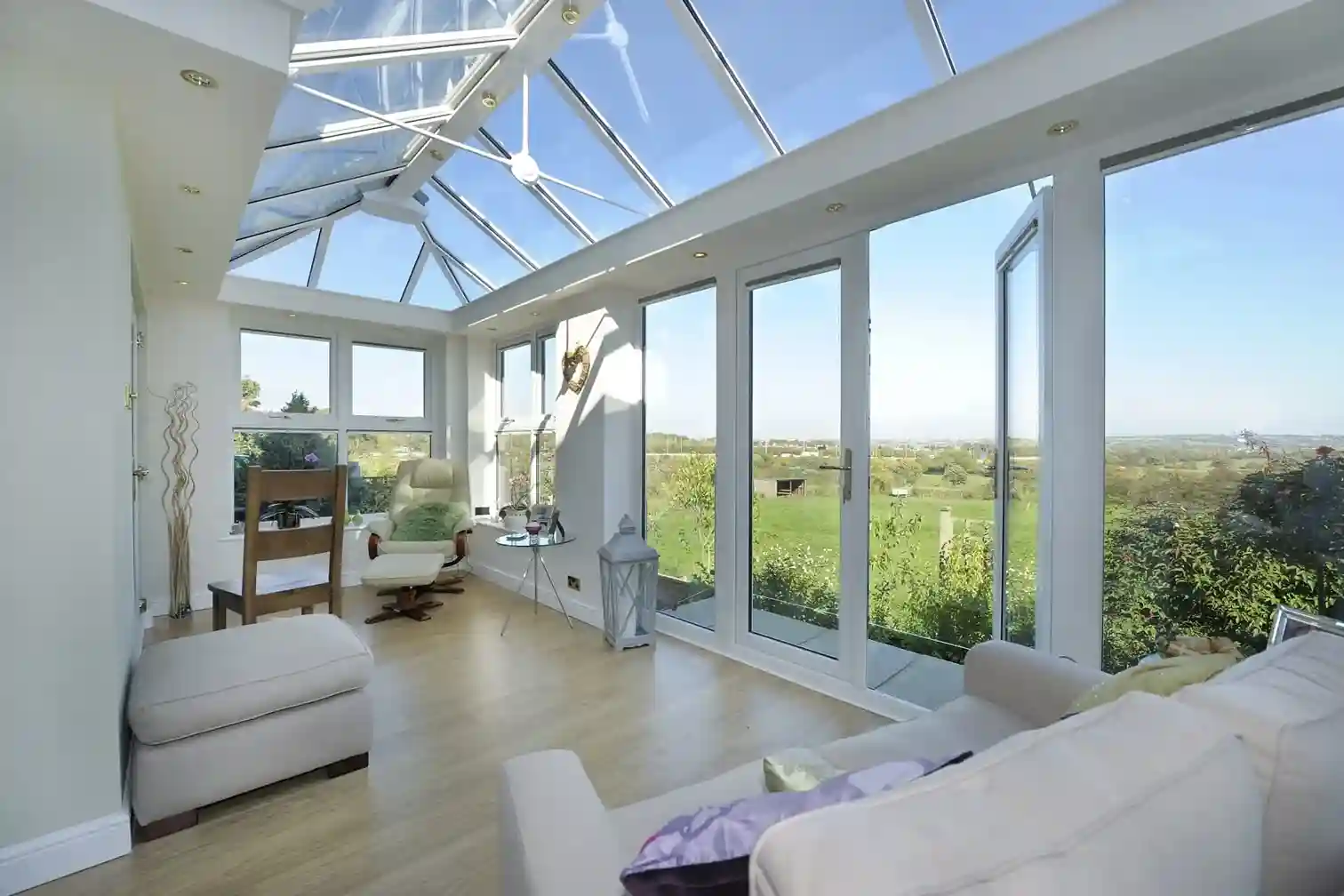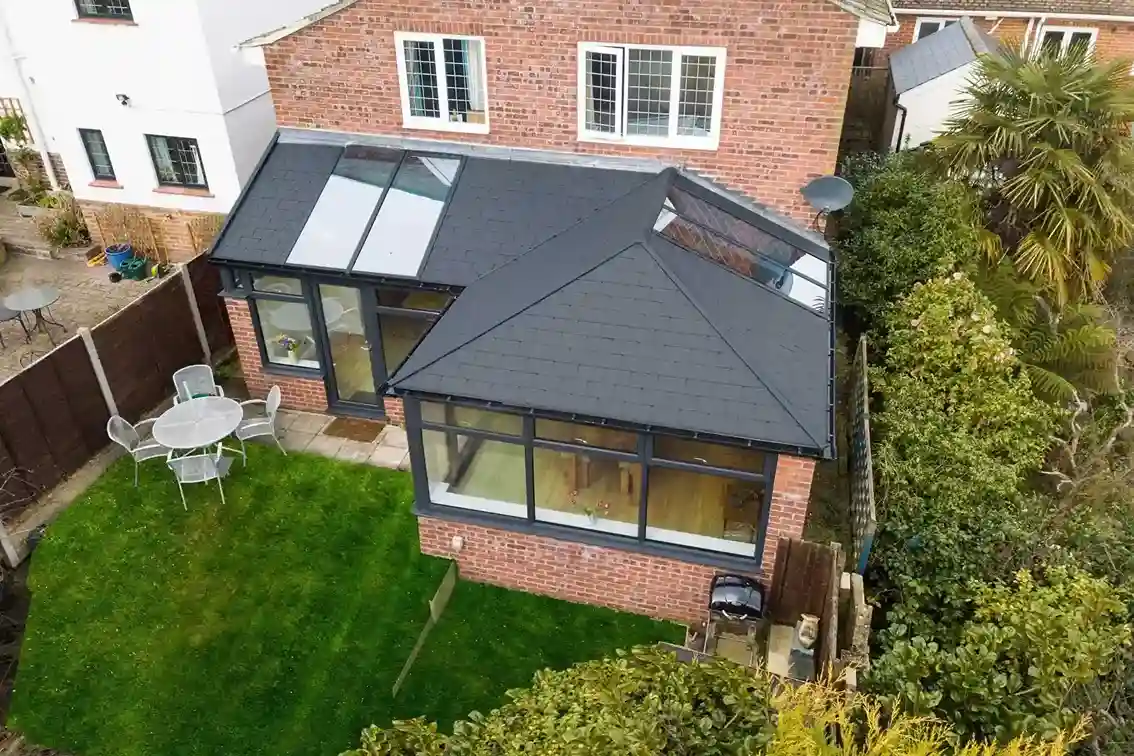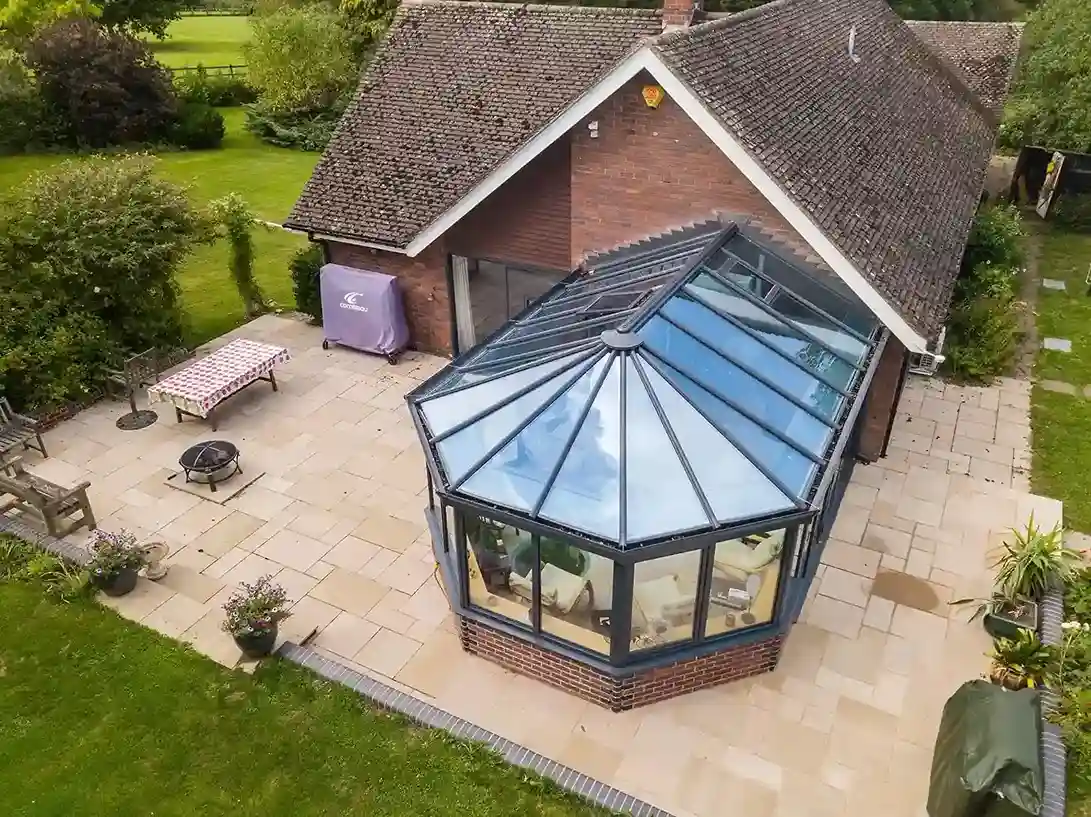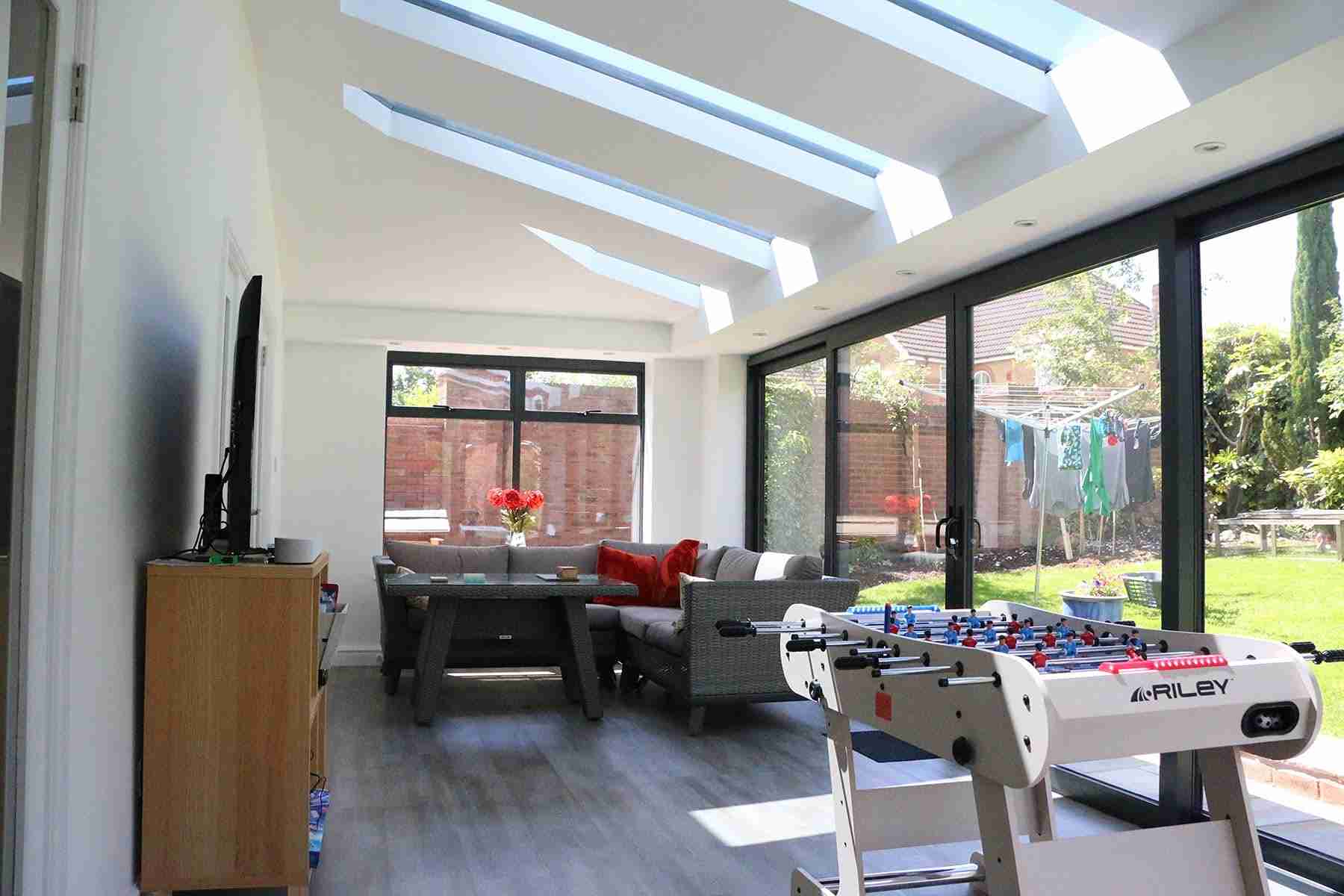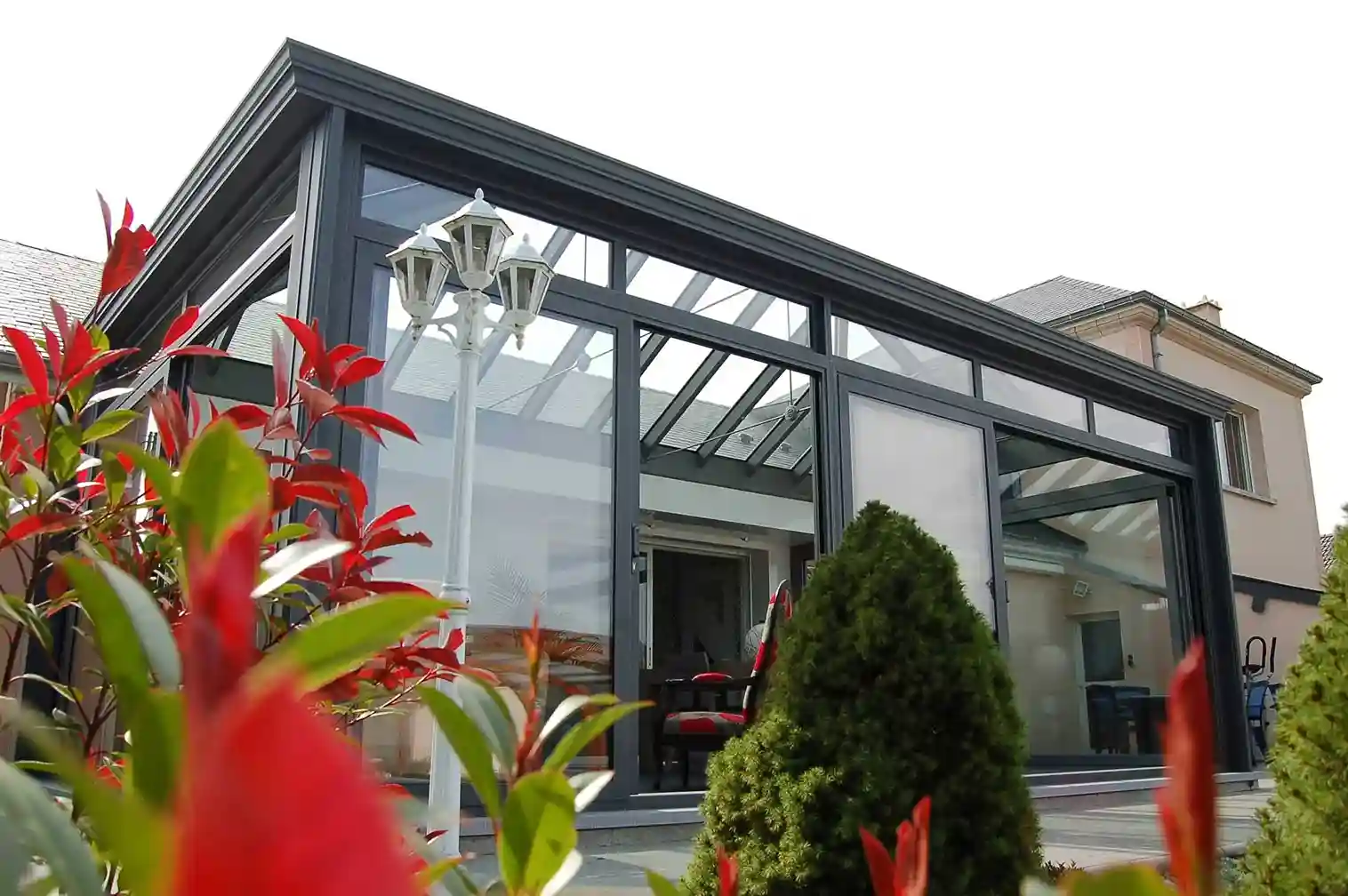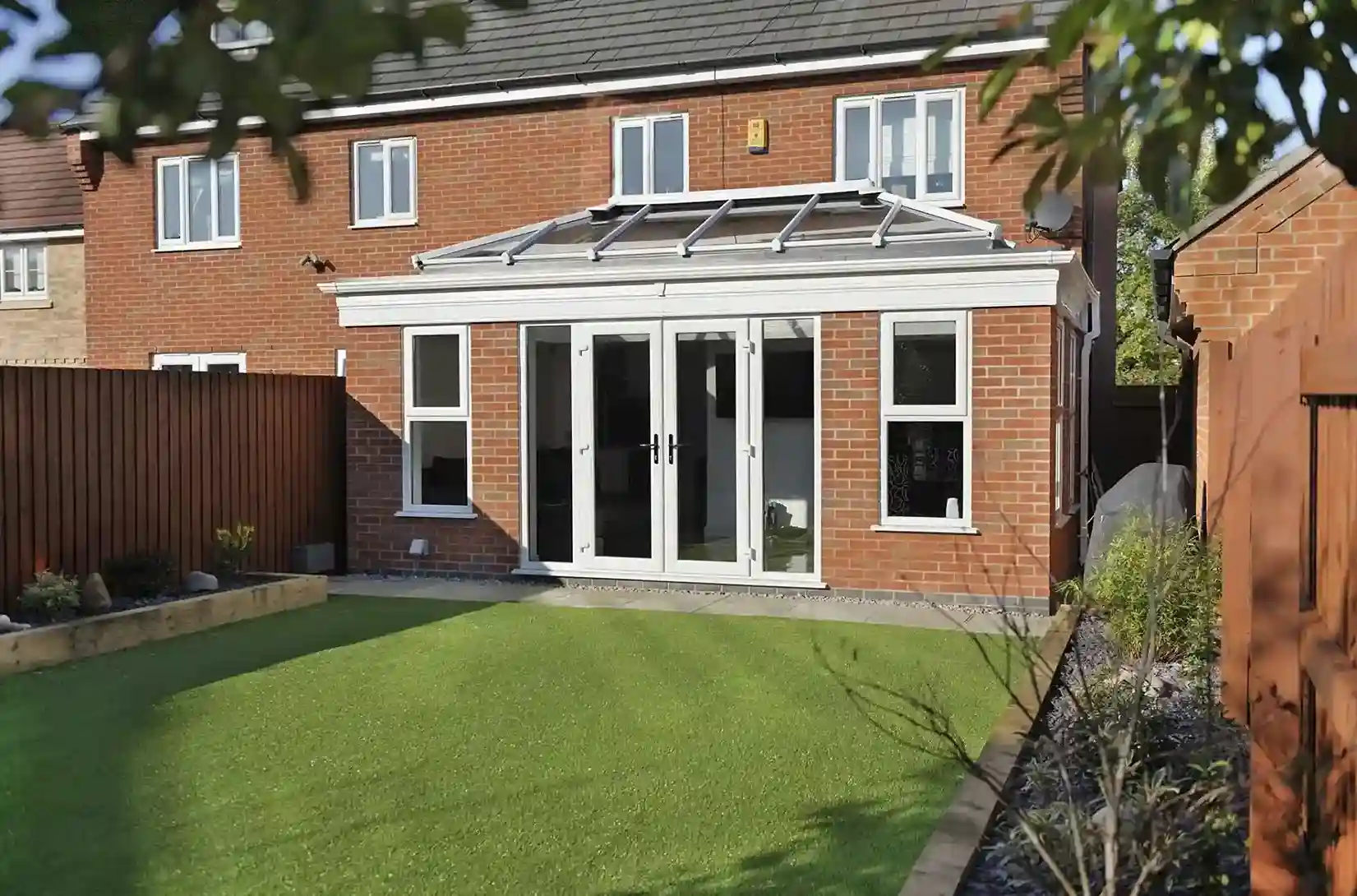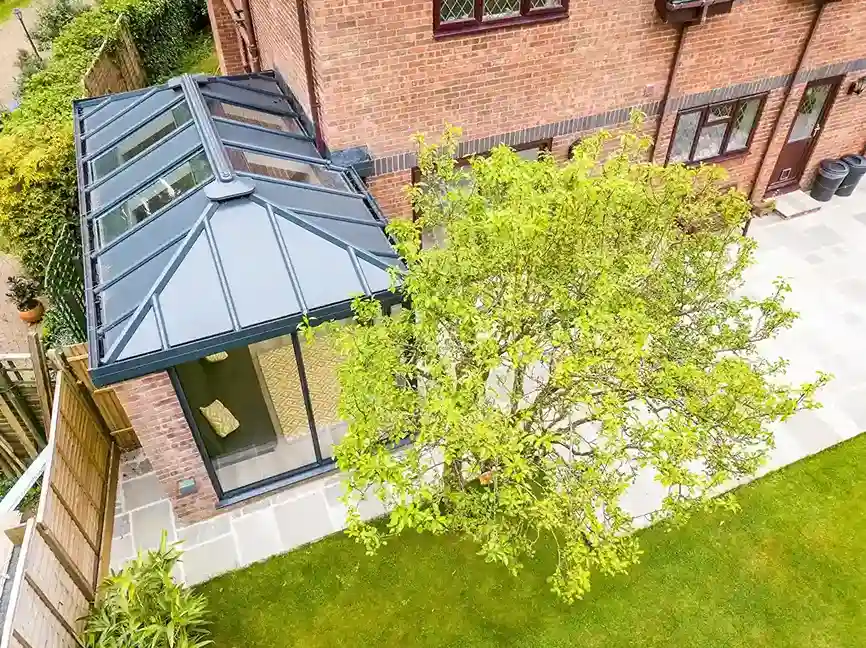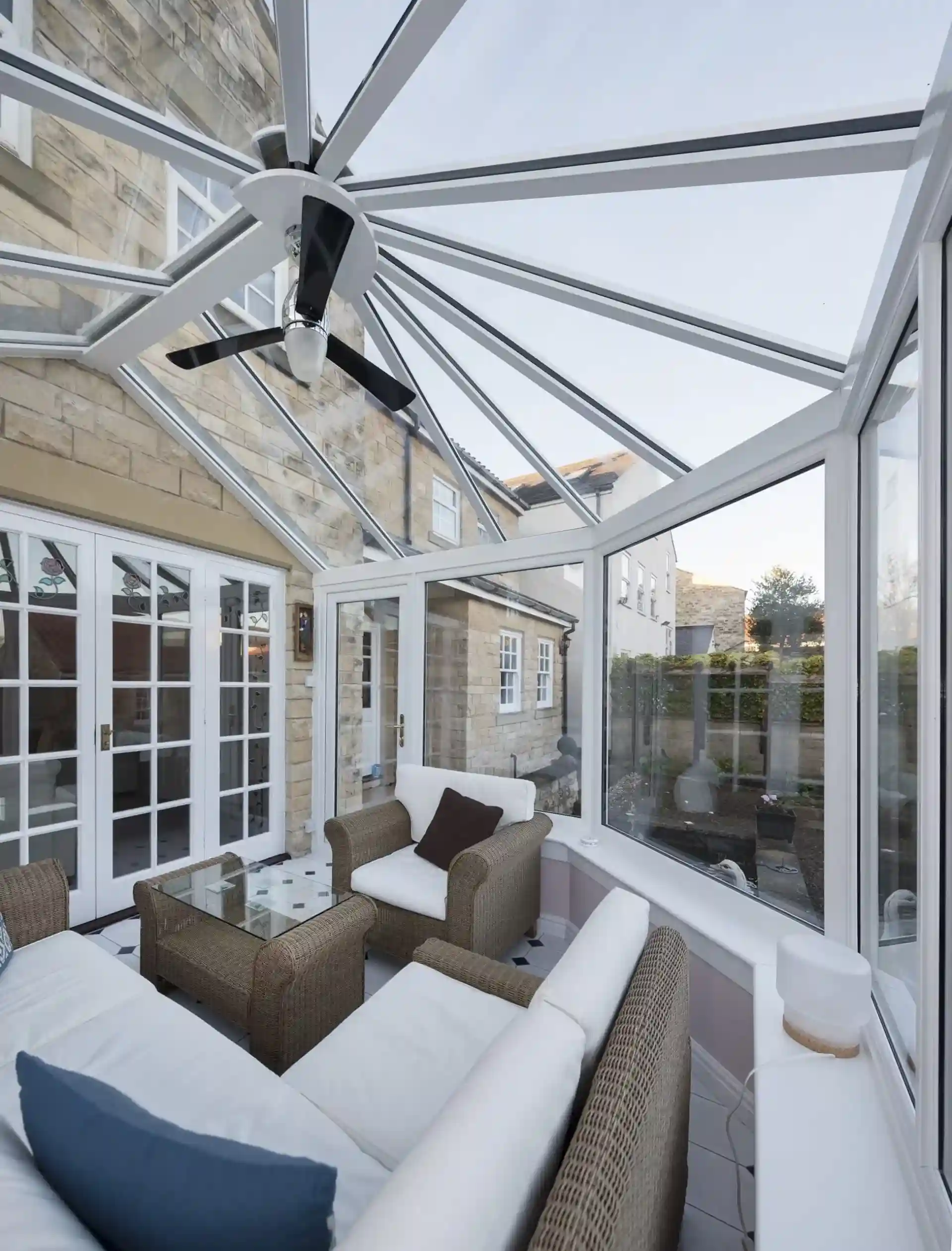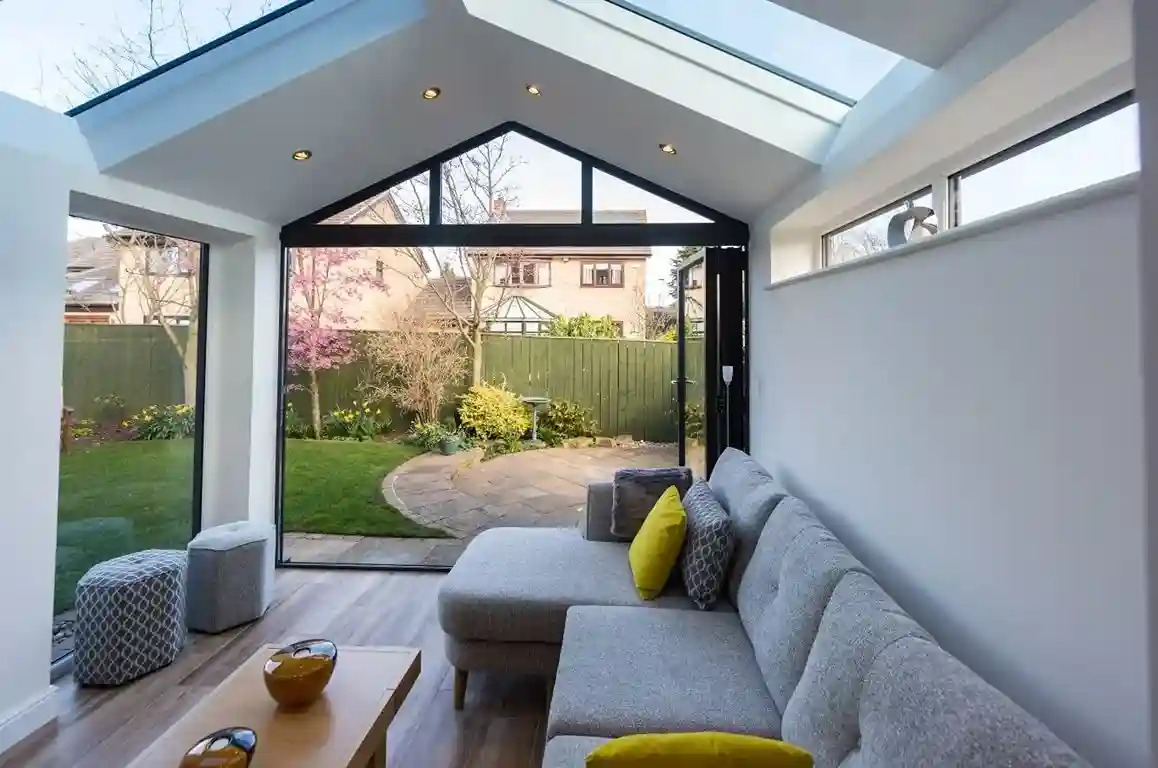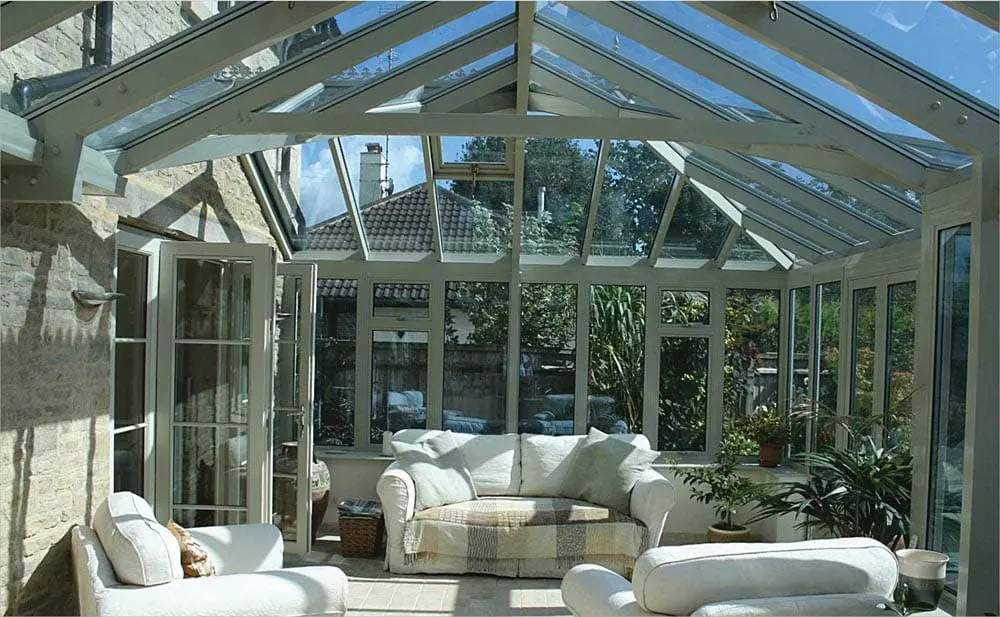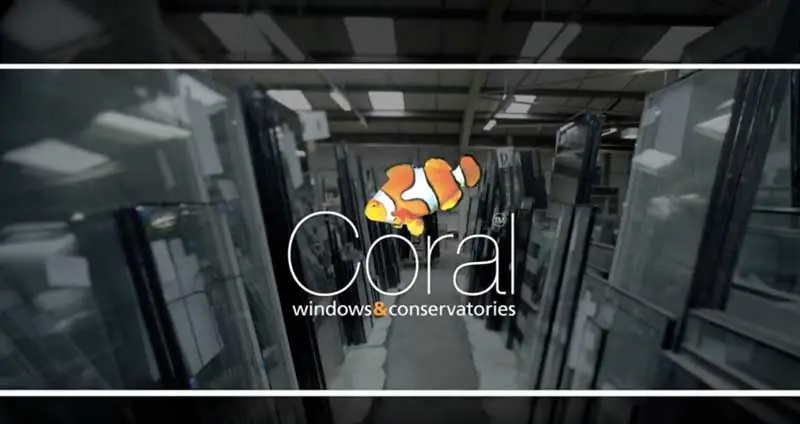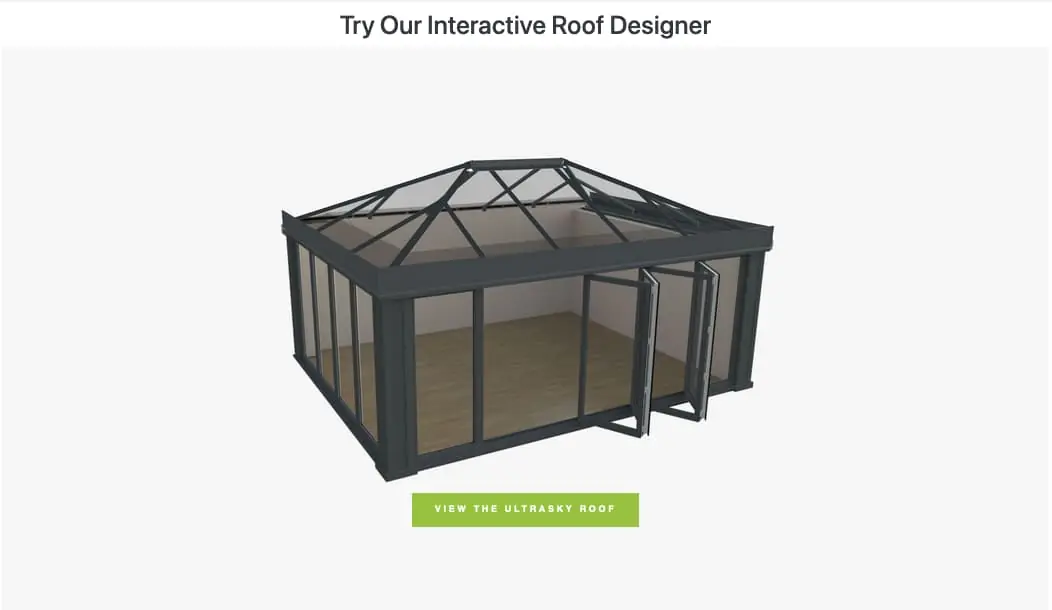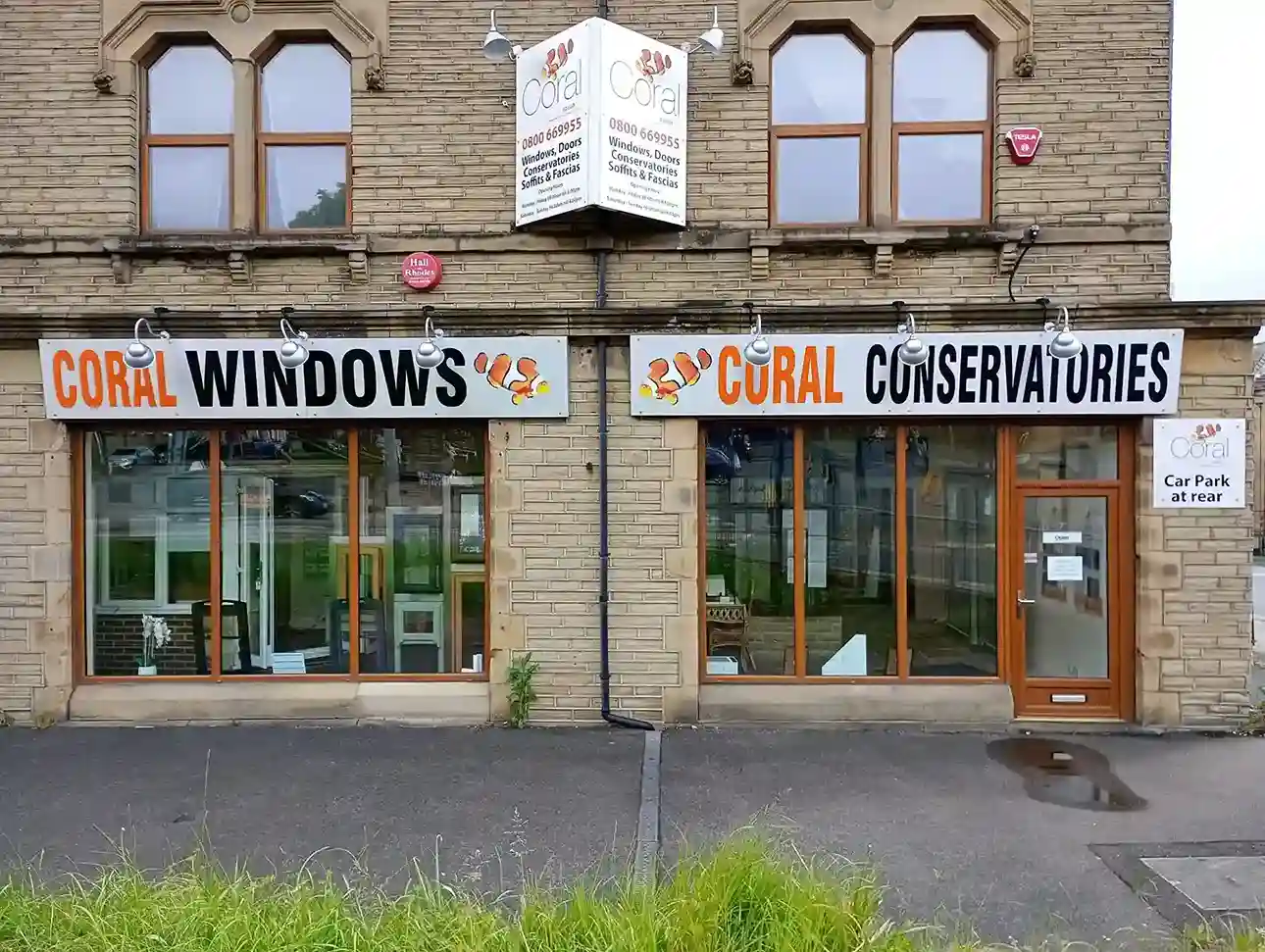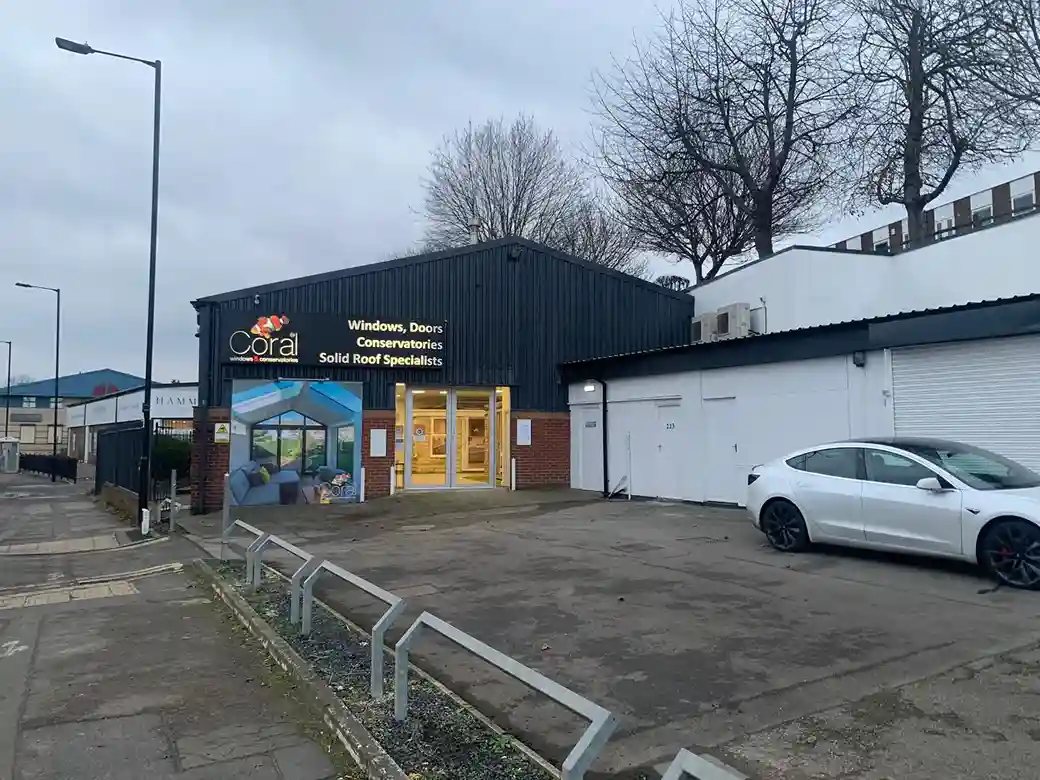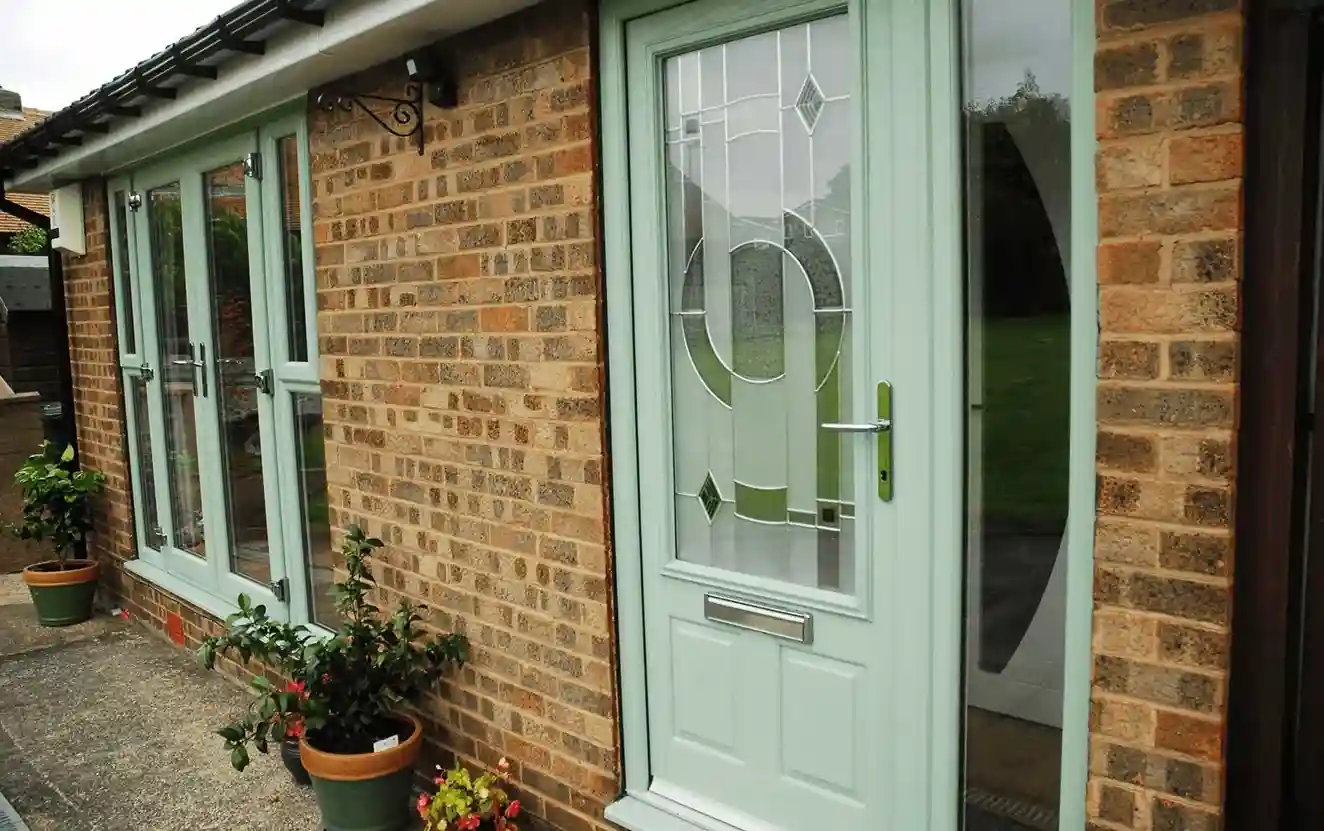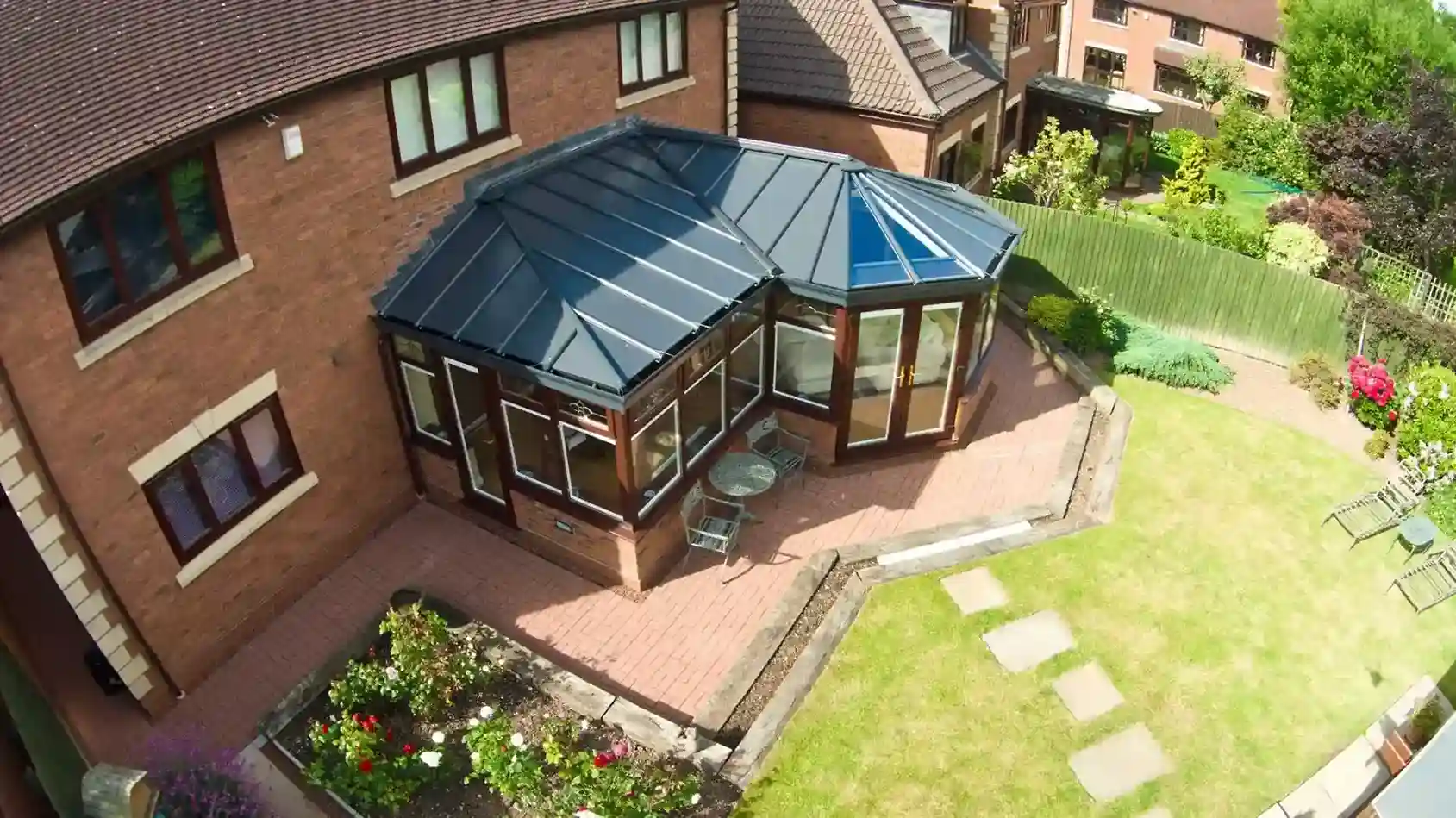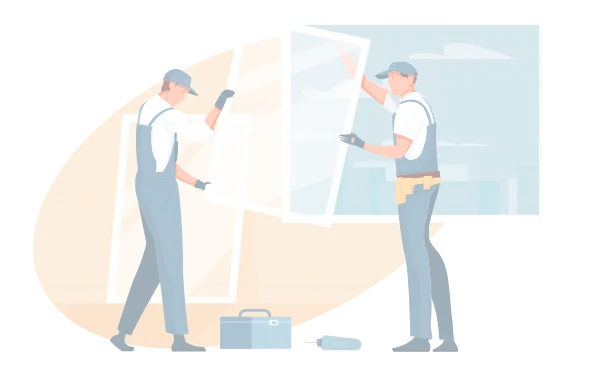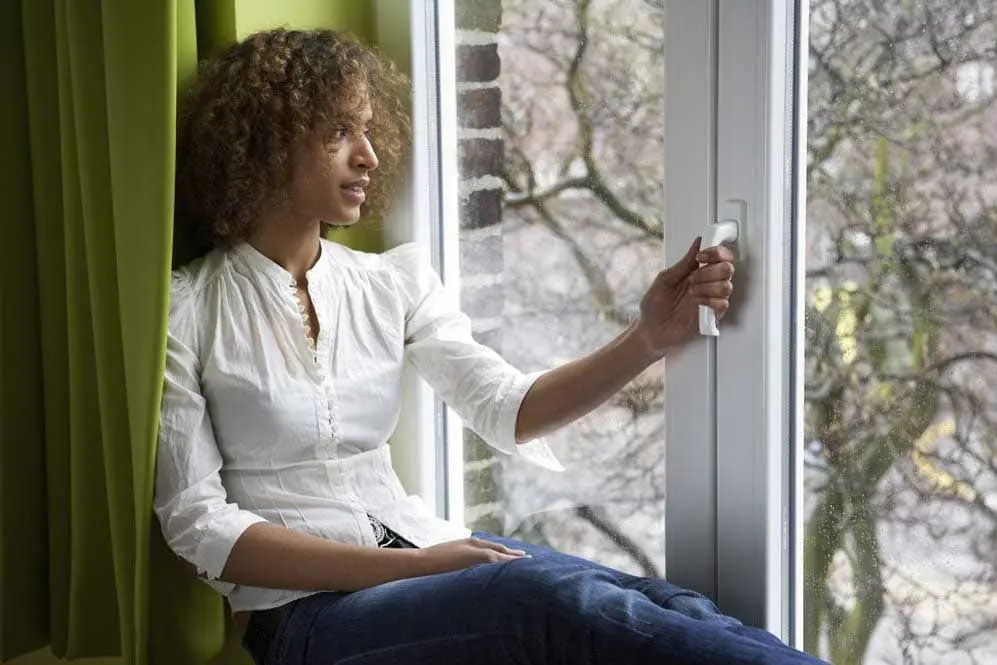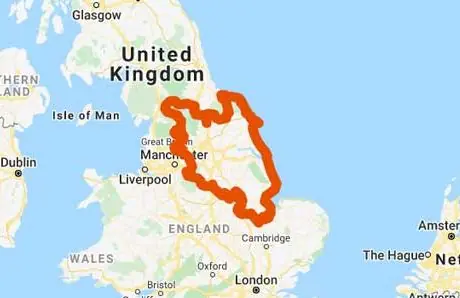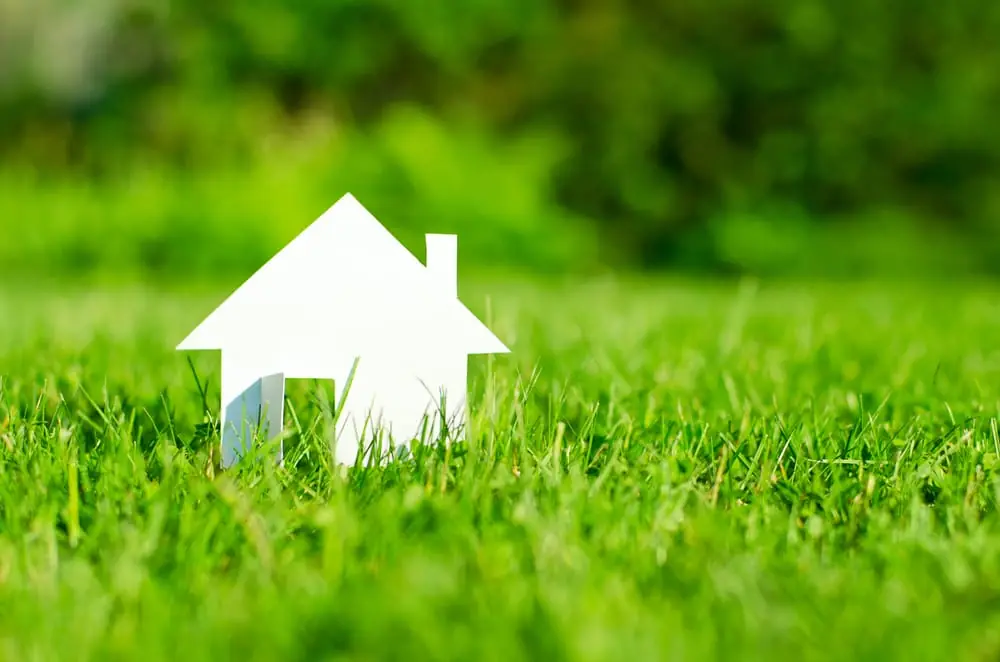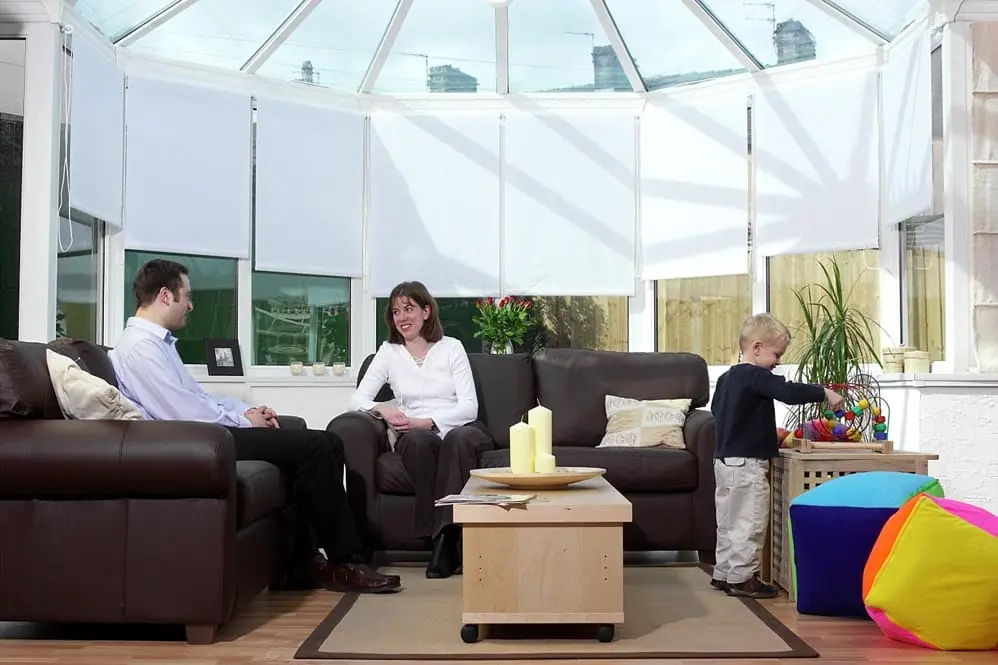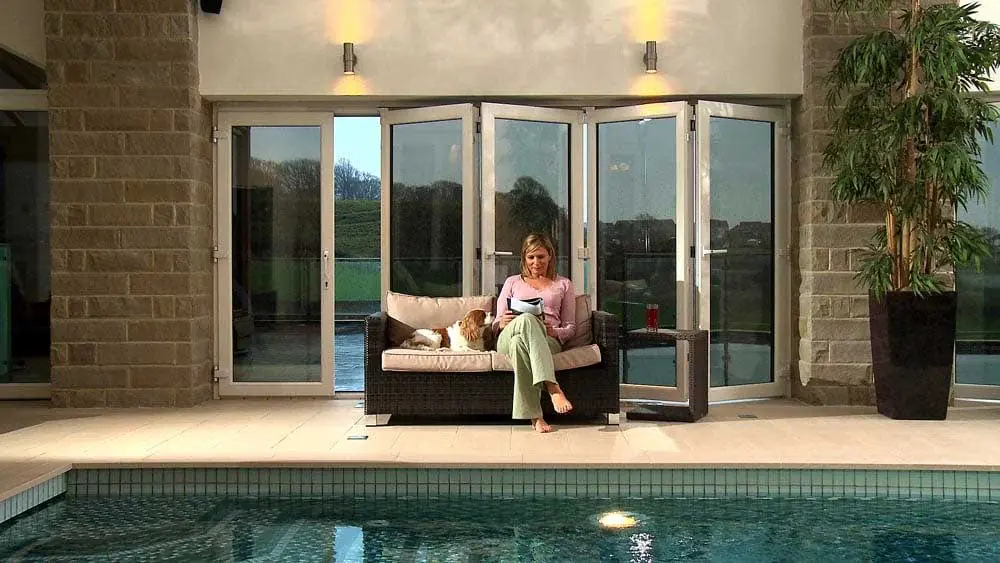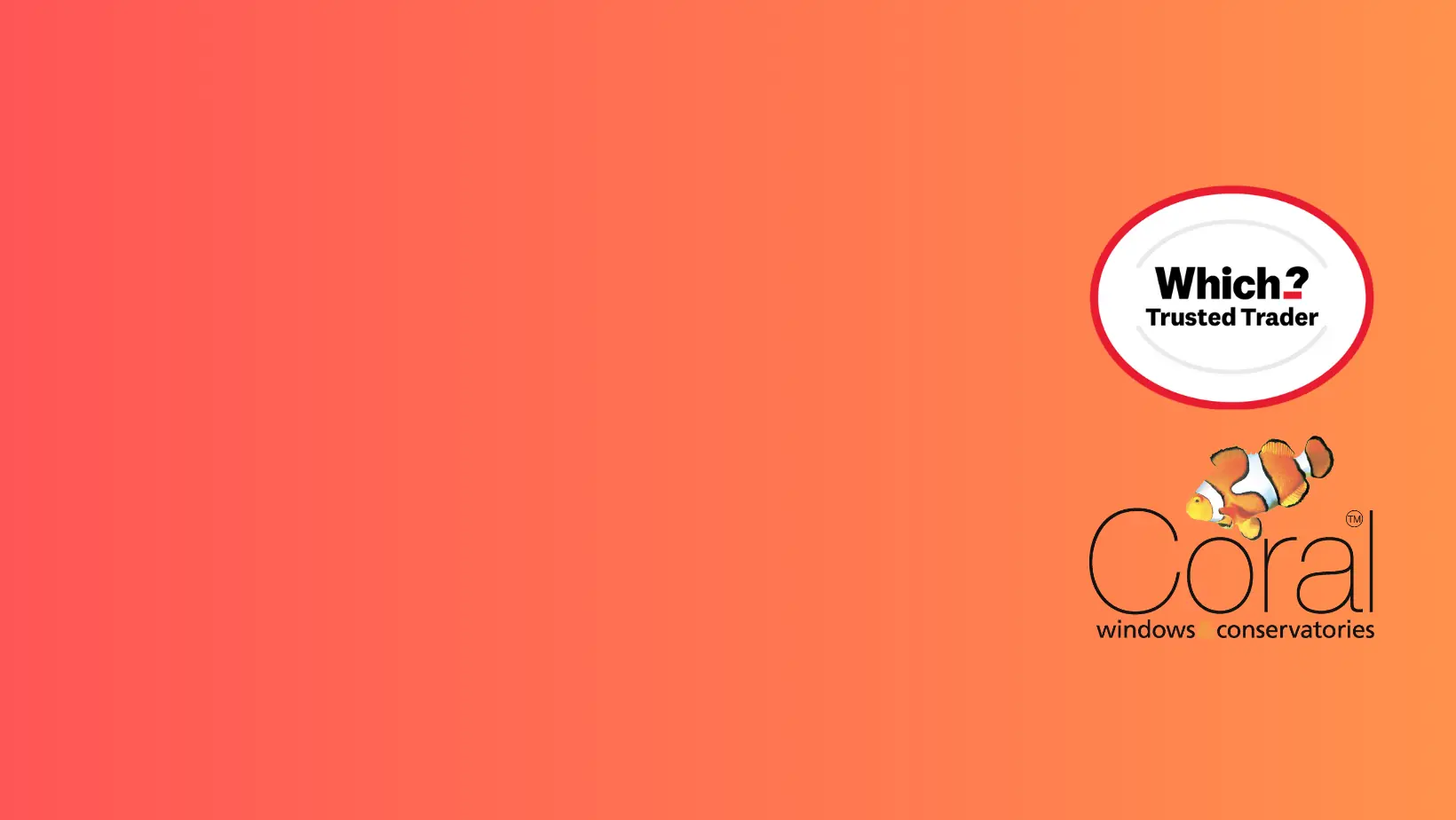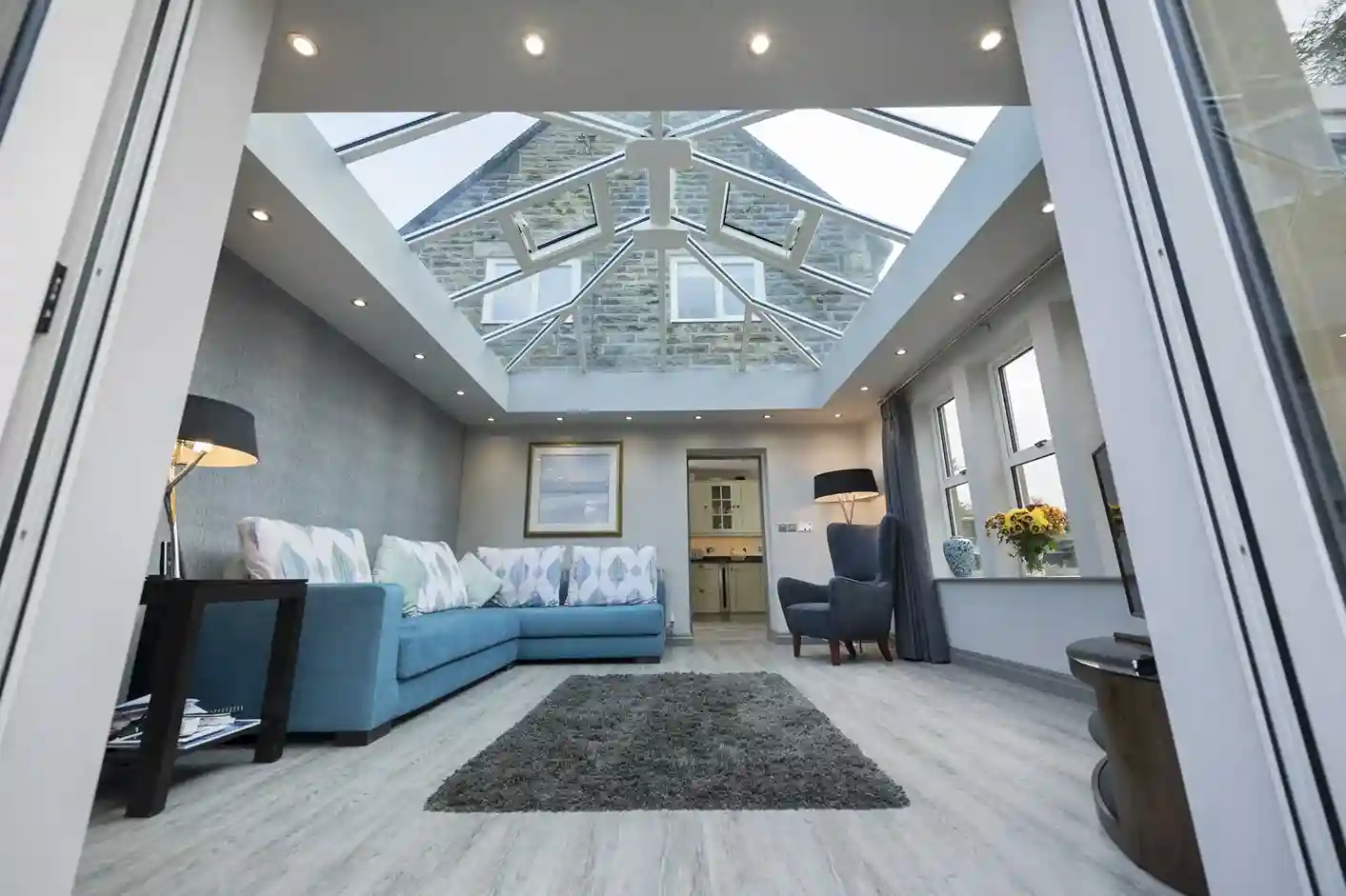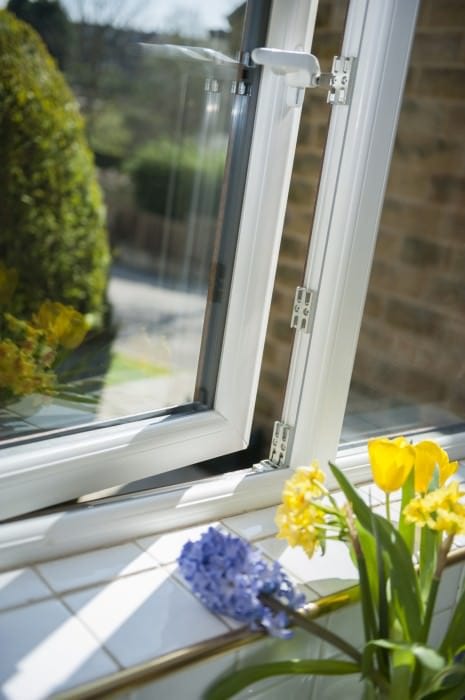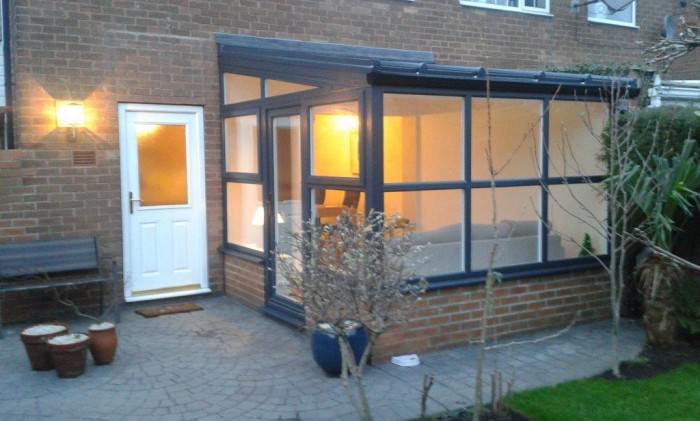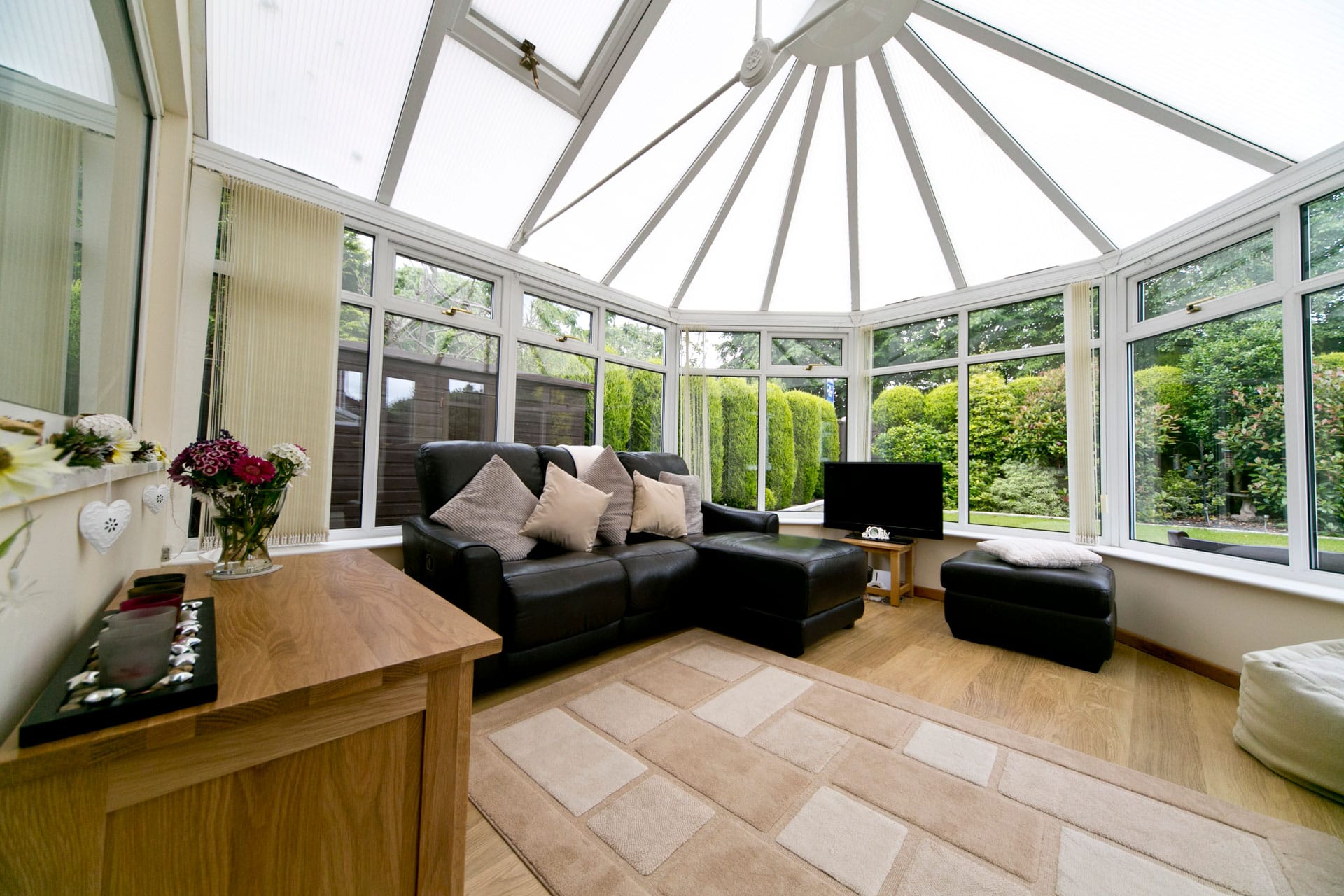A brief history of the conservatory
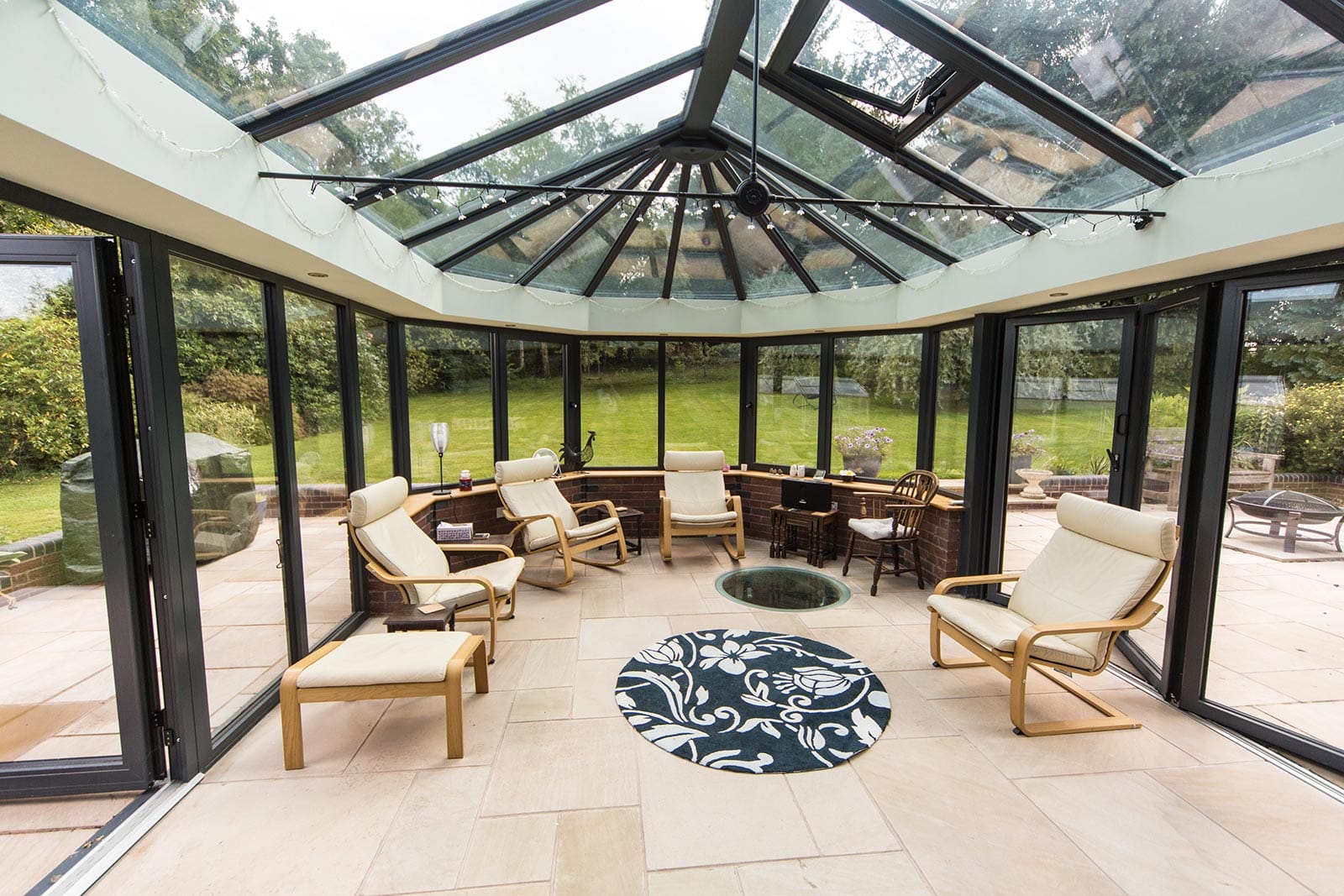
Conservatories haven’t always been the added extensions of living spaces that we know so well today. Originating in the 16th-century conservatories became popular with the wealthy when they discovered citrus fruits that were imported from lands afar. Their desire to grow lemons, limes and oranges meant creating a suitable environment for them to prosper was vital. Originally created as stand-alone structures that were designed to house the plants that required added protection from the elements, they were made of very simple stone structures with glass. It would certainly be very difficult to recognise it as a conservatory compared to the designs we know so well today. Let us take you through a brief article that explains the conservatory history.
‘The Glass House’ in the grounds of Oxford University Botanic Gardens dates back to 1637 and was built of stone, slate and with very little glass. It is thought to be the first building in the UK that represented the origin of conservatories.
One of the most well-recognised conservatories is the ‘The Nash Conservatory’ a Glasshouse at Kew Gardens. Built originally as one of two conservatories for the gardens of Buckingham Palace by Jon Nash, the whole conservatory was moved completely by the decision of King William IV from the Palace to Kew in 1836 where it still stands proud today and is enjoyed by many. This was when the evolution of conservatories began.
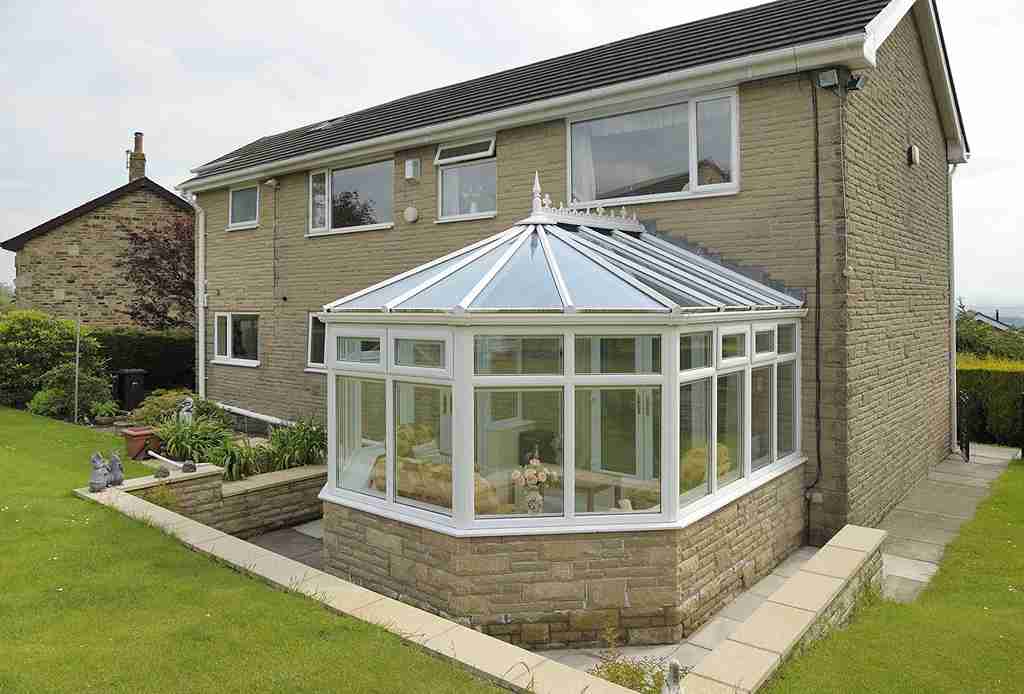
Sir Joseph Paxton built the ‘Chatsworth House Conservatory’ between 1836 -1841 and at the time it was the largest glass structure in the world. Today the Eden Project is home to the biggest conservatory in the world and houses many tropical plants.
Paxton became a leader in the use of glass as a building material and he later went on to design Crystal Palace in an iconic Victorian style. The trend for glass rooms became very popular and more and more conservatories were developed but then conservatories were seen as unnecessary during the World Wars and so the production of conservatories died down.
After the Second World War, the developments in industry and materials meant that the production of steel as a product to frame glass became much more popular. Steel created a successful material to create the frame and was a lot cheaper. Gradually the conservatory became more popular again and as industry and living styles developed so did the building materials.
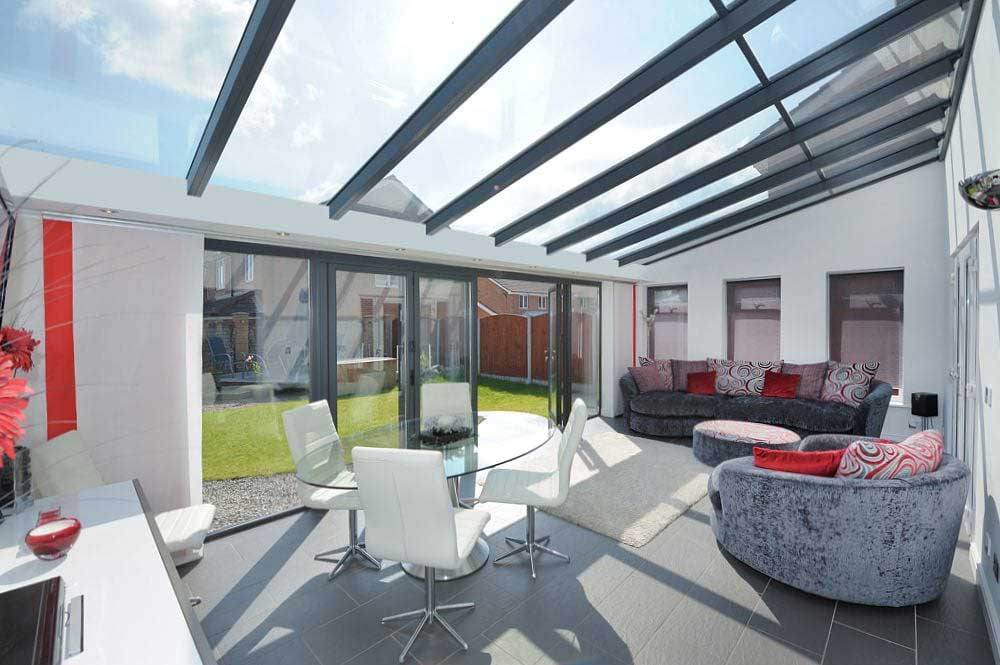
Today, many people own a home that has already had a conservatory added or consider the possibilities of extending a living space by adding a conservatory. With modern materials that increase the thermal efficiency of your home and noise reduction as well as glazing with the latest security features, it is easy to see why a conservatory is a great way to improve your living environment. With so many styles of conservatory and lots of options when it comes to designs and configurations you can be sure that the style will be totally unique for you and your home.
Unlike back in the 16th century when conservatories were used to grow citrus fruits a conservatory today has endless opportunities for use and can be enjoyed in so many ways no matter how many plants you add in.
Categories: Products

